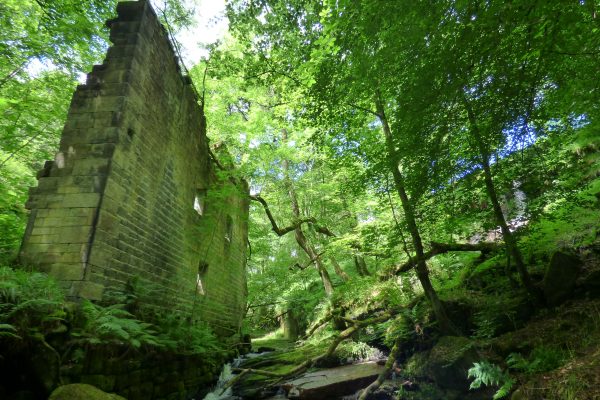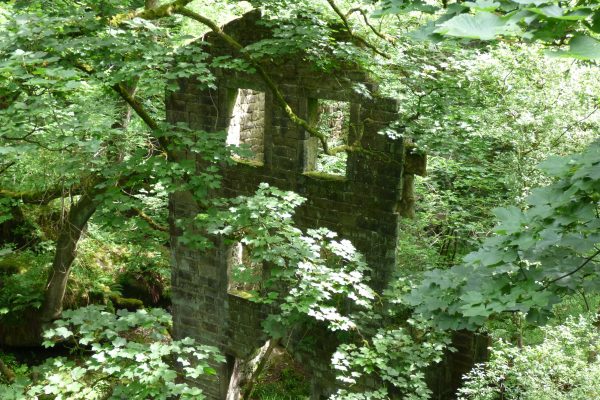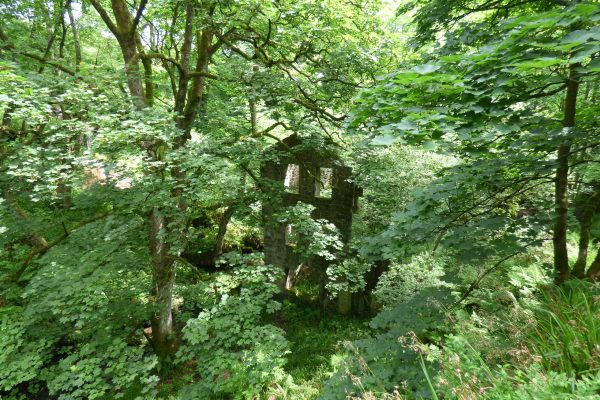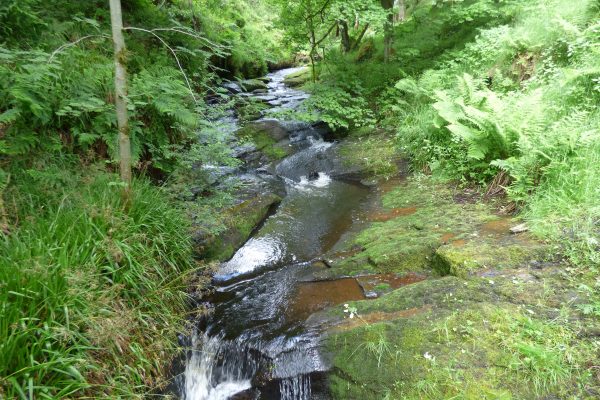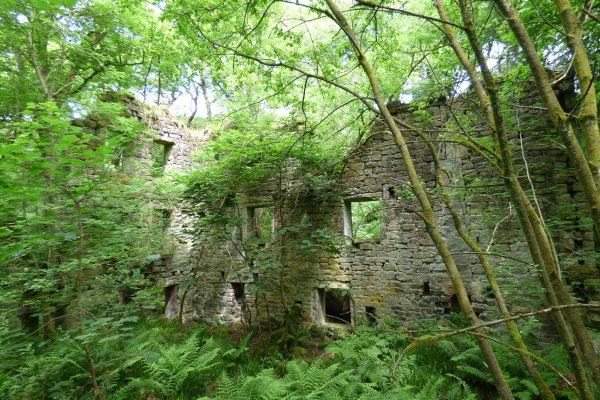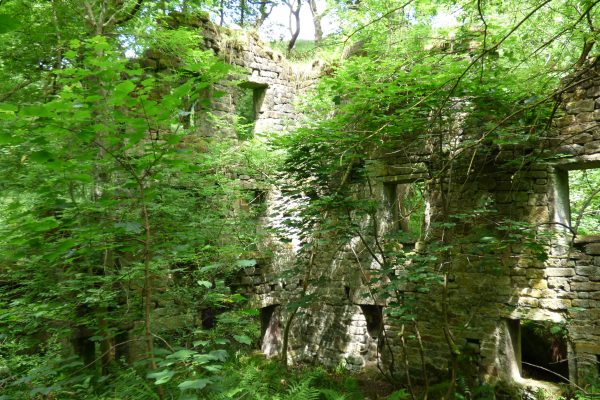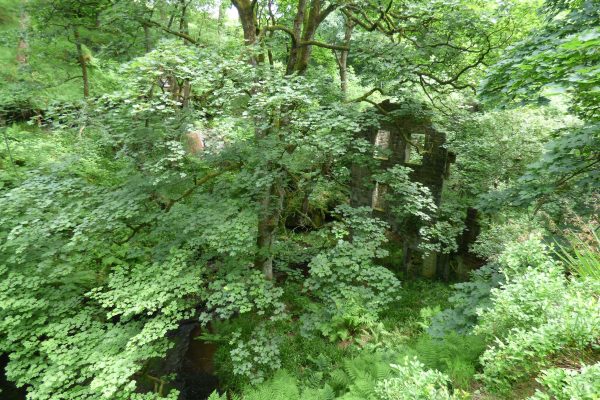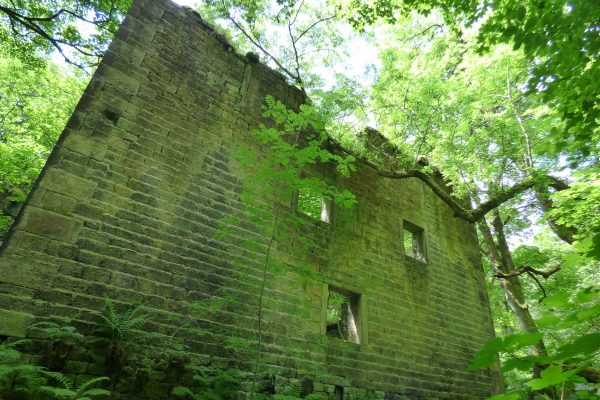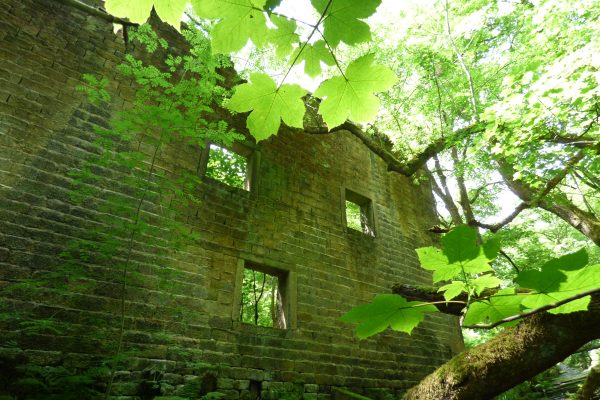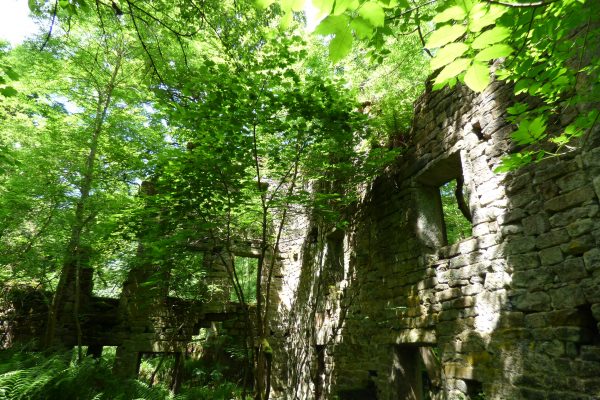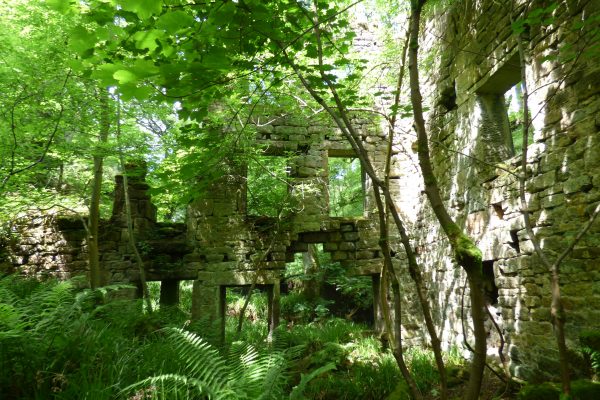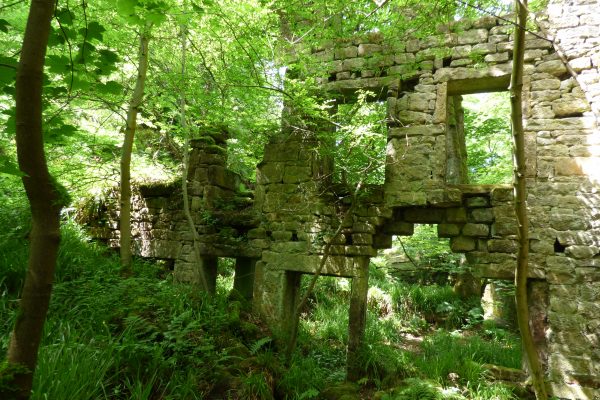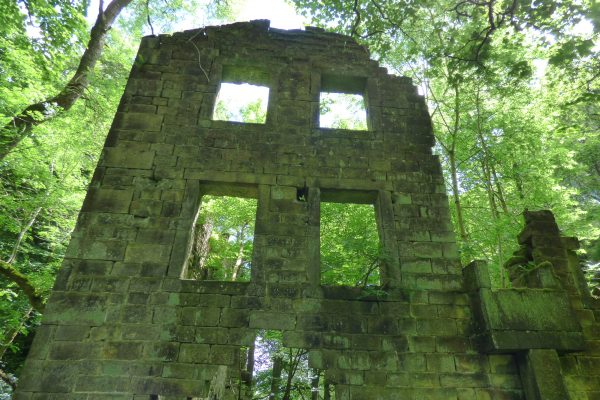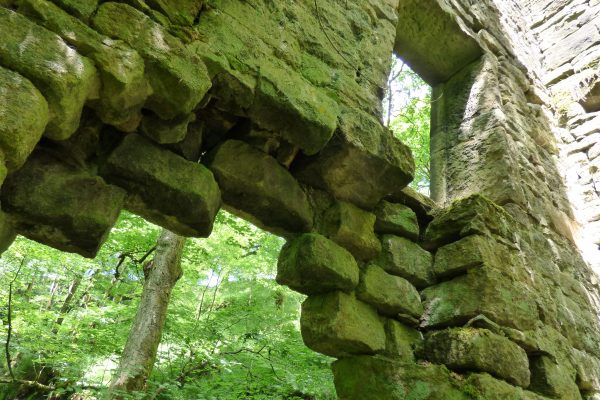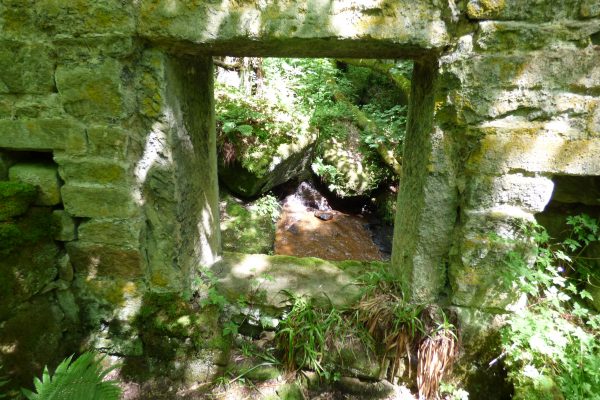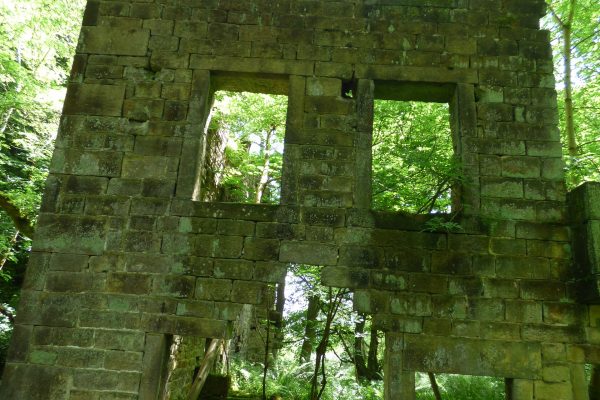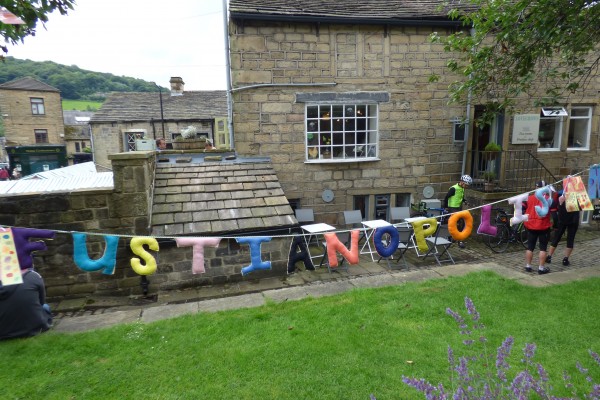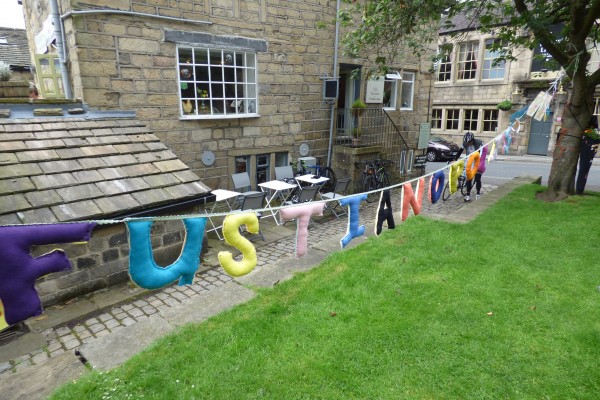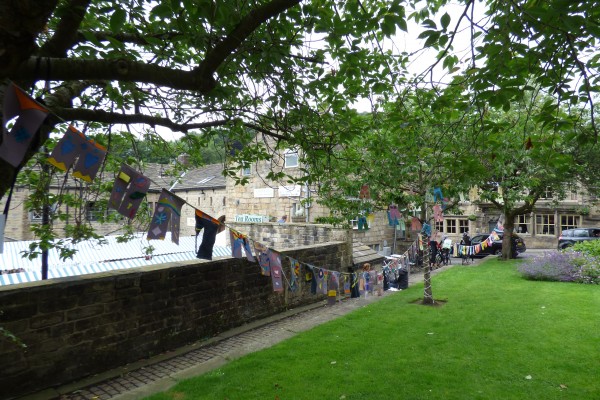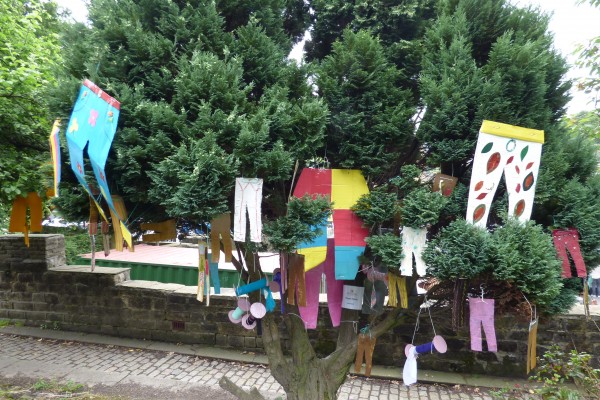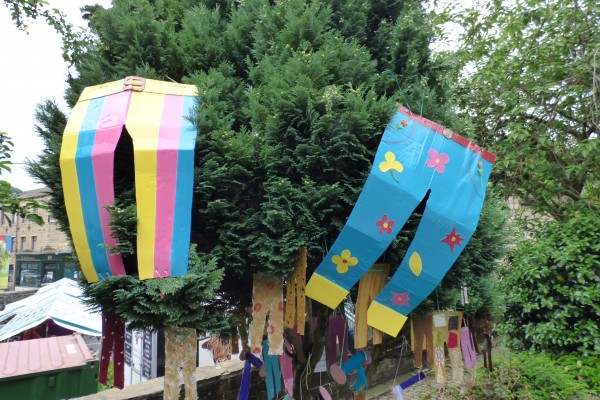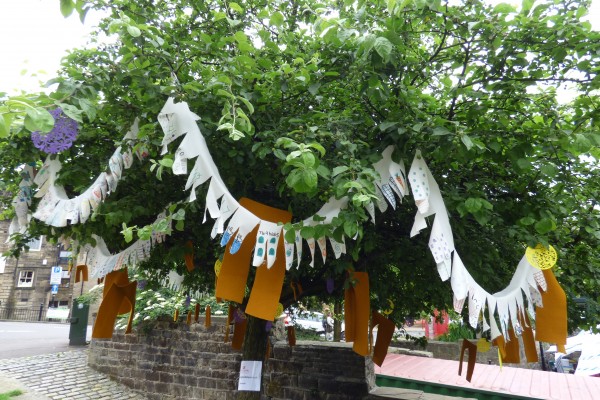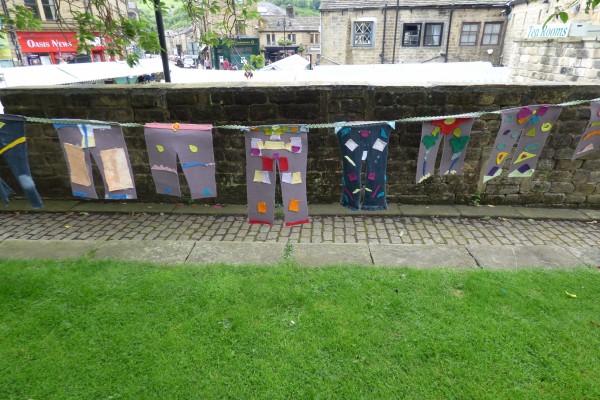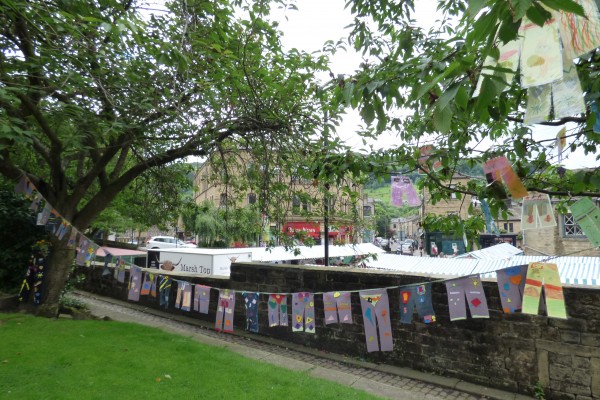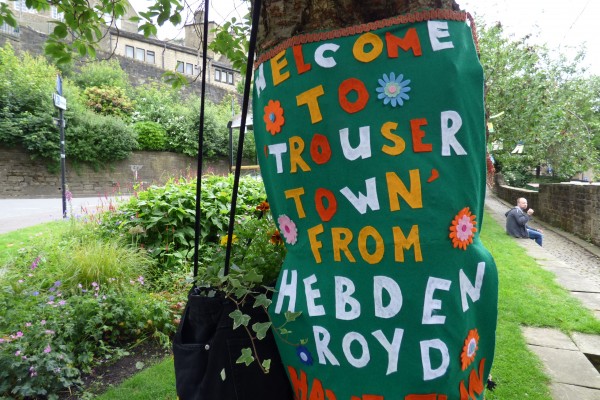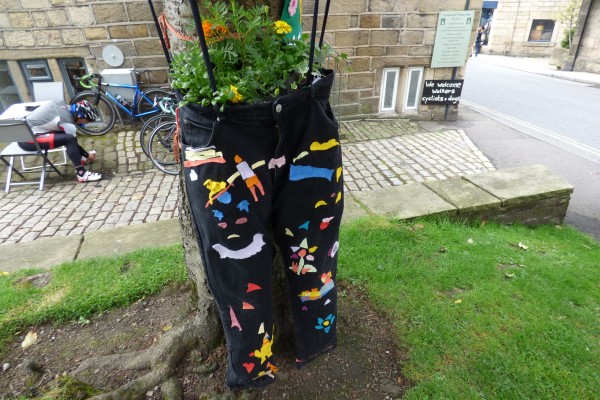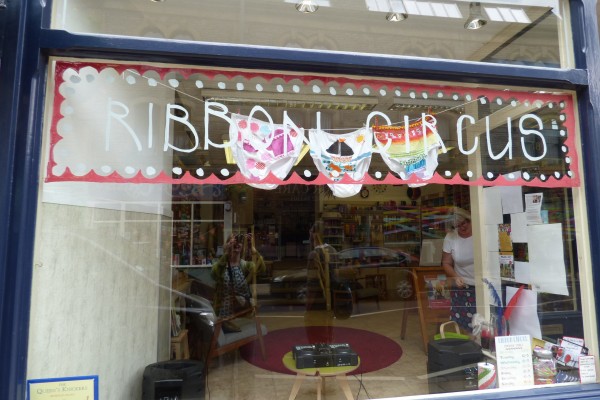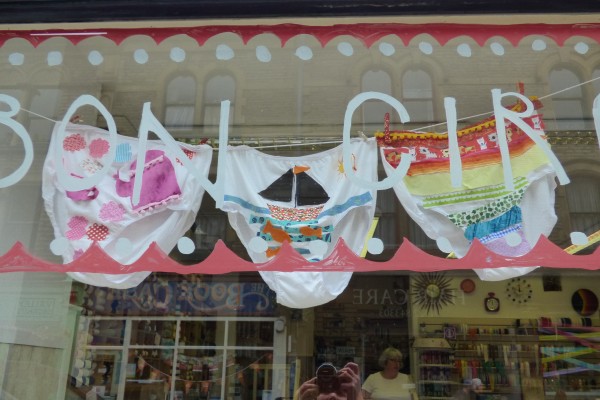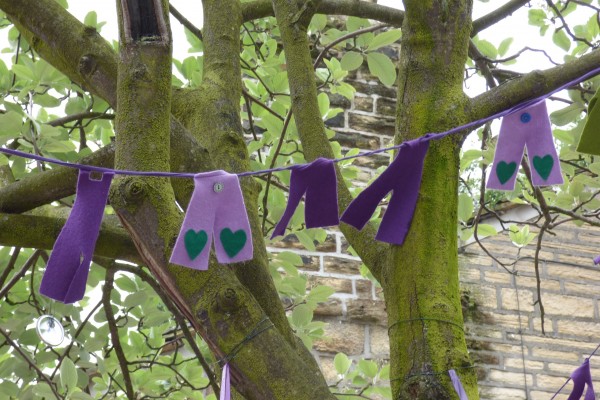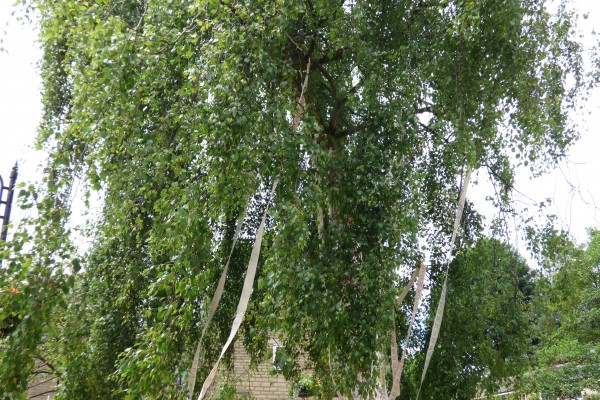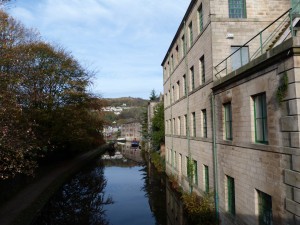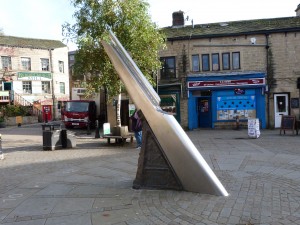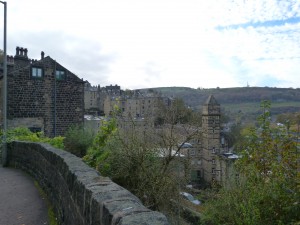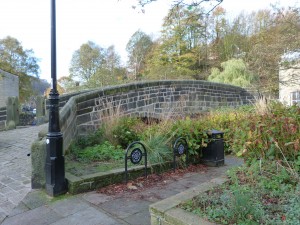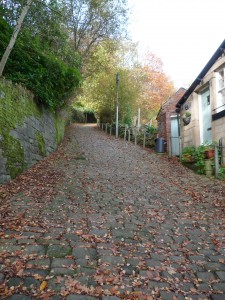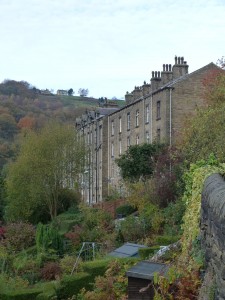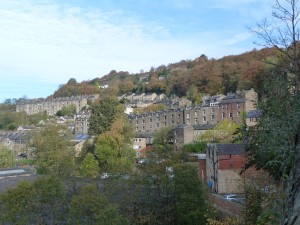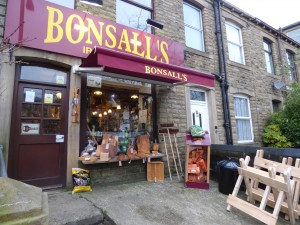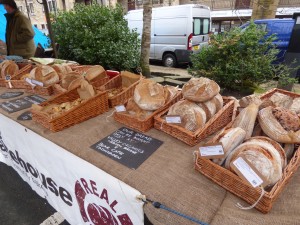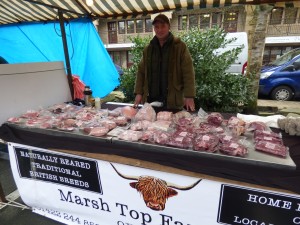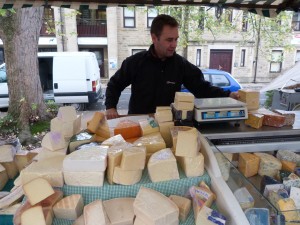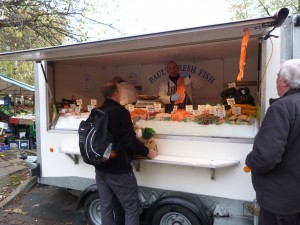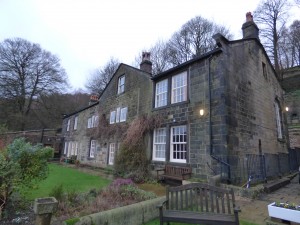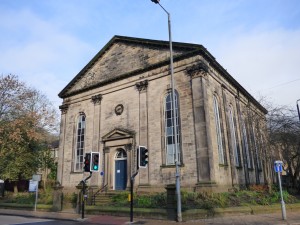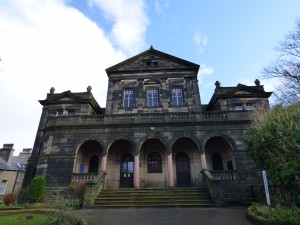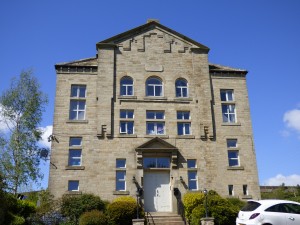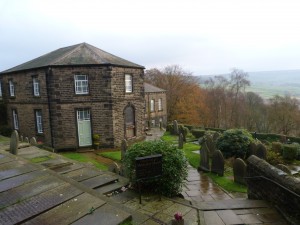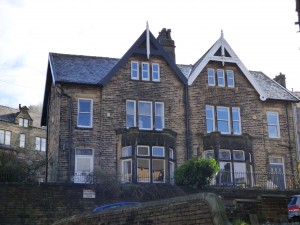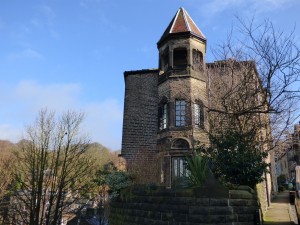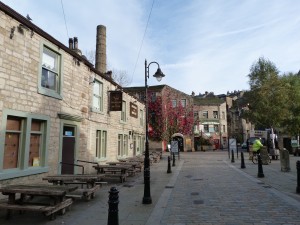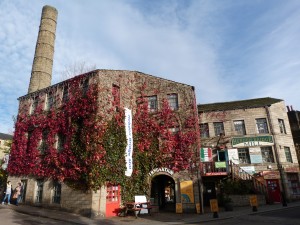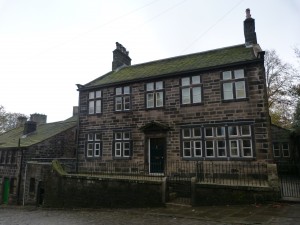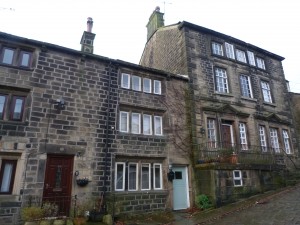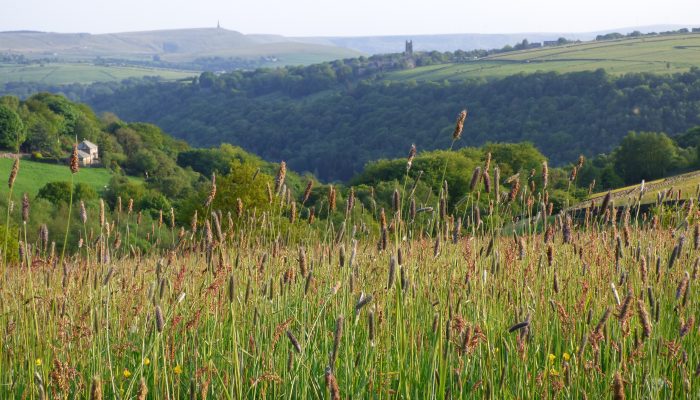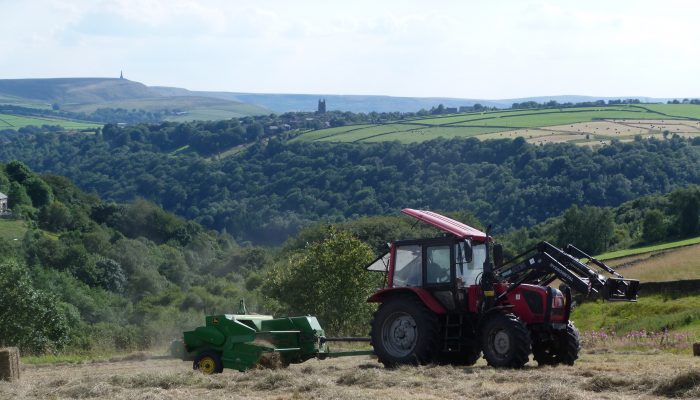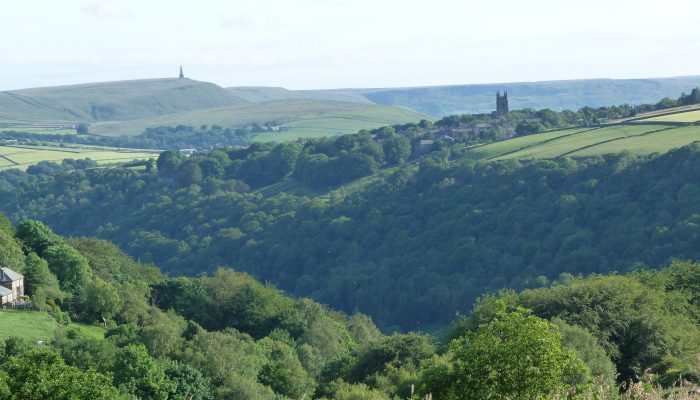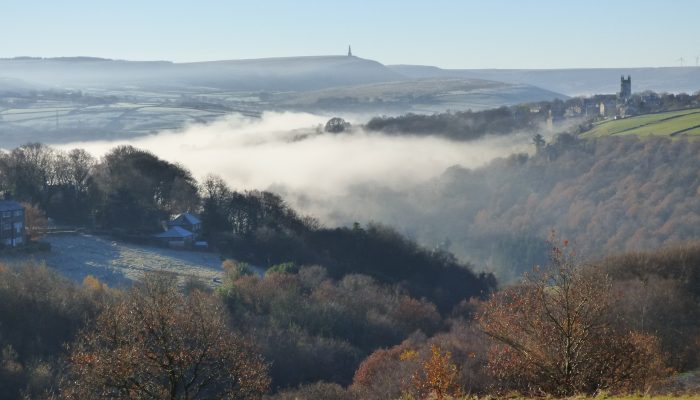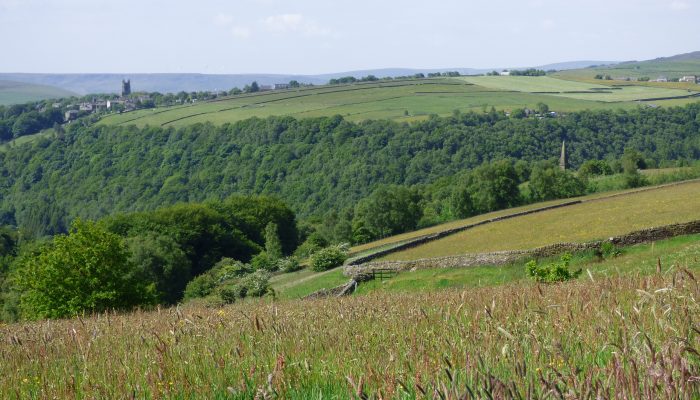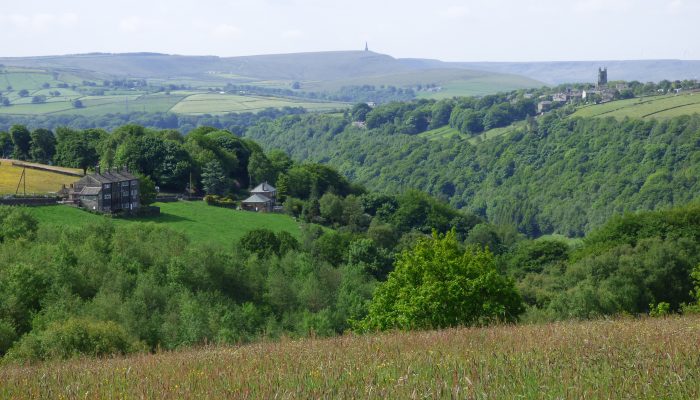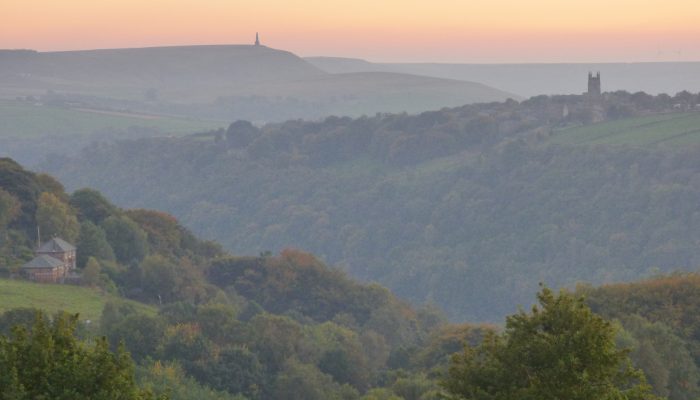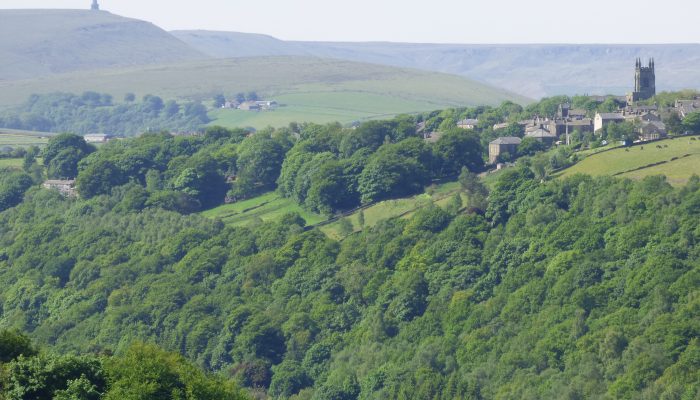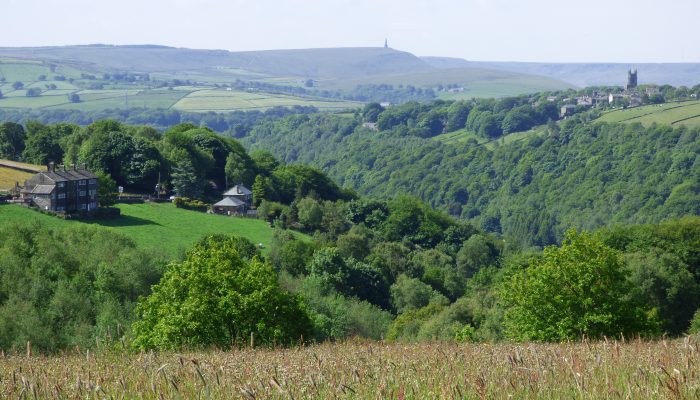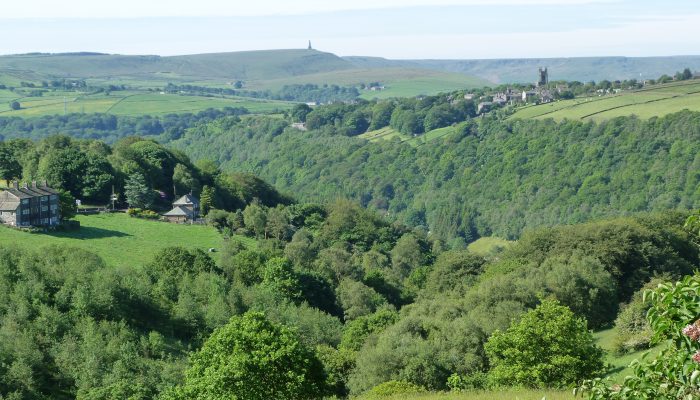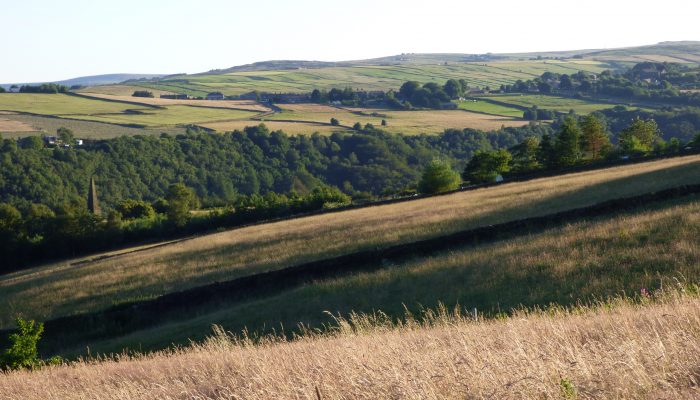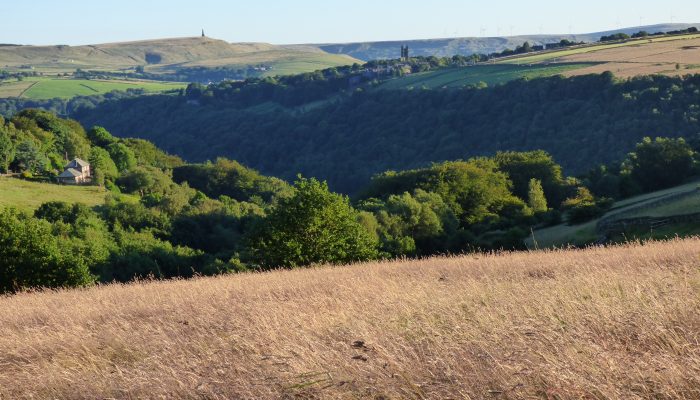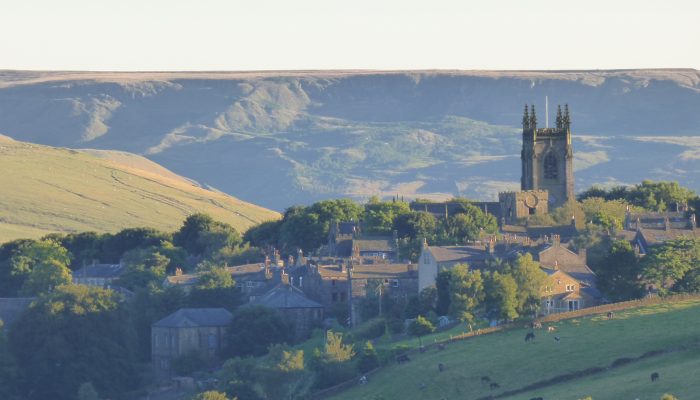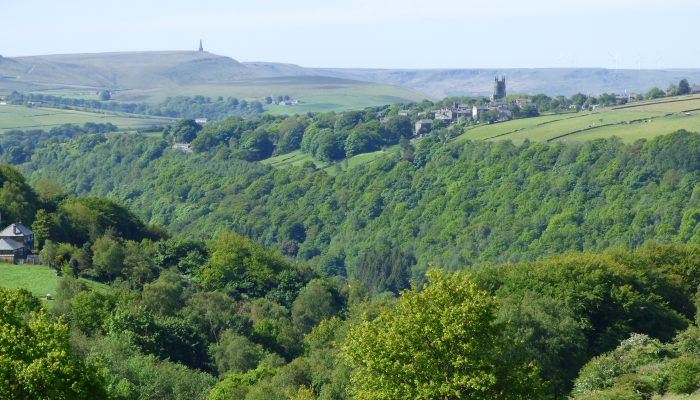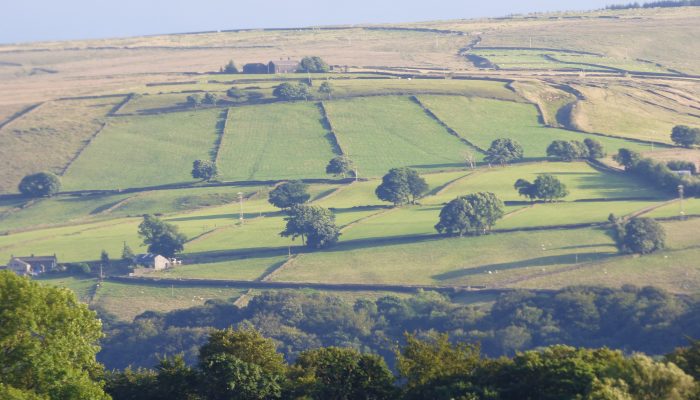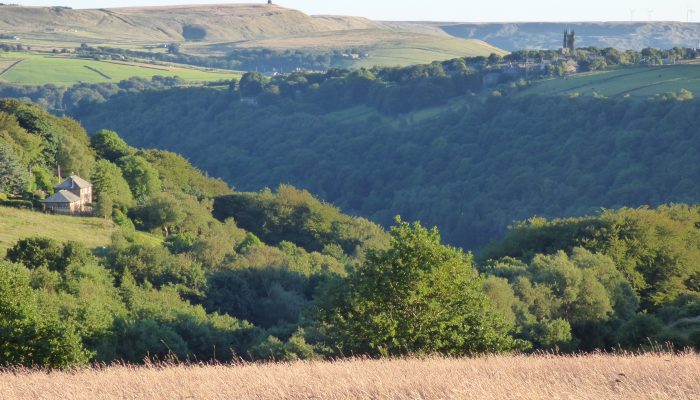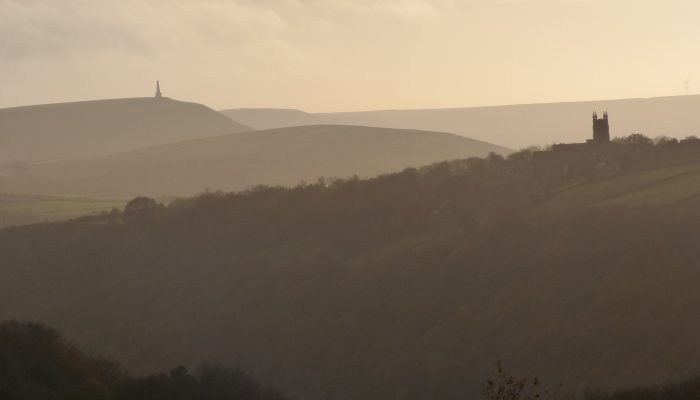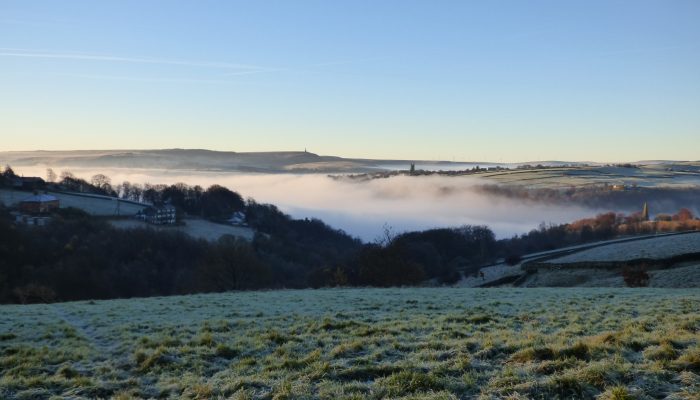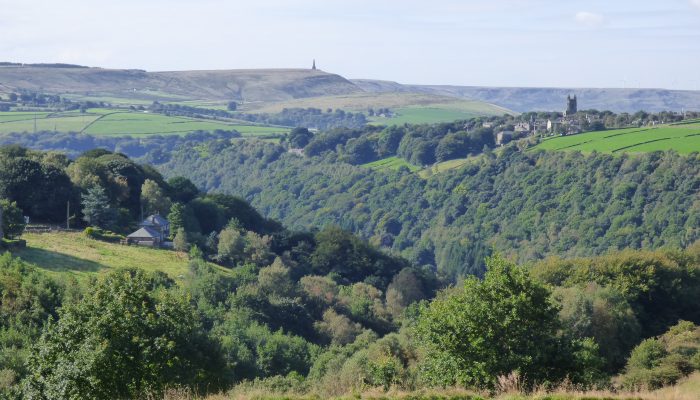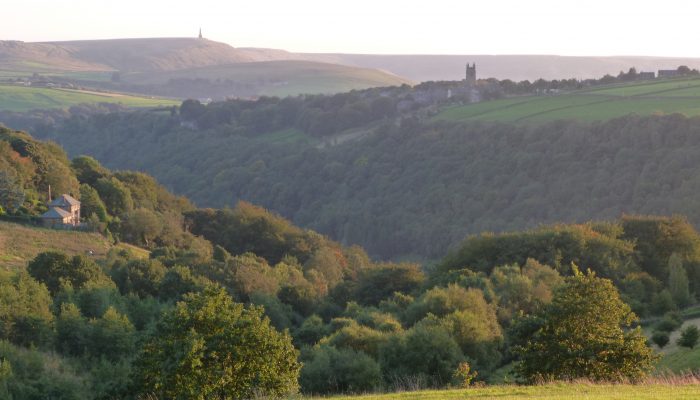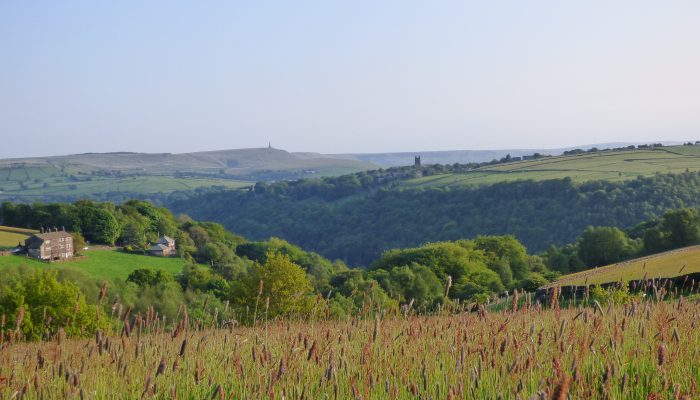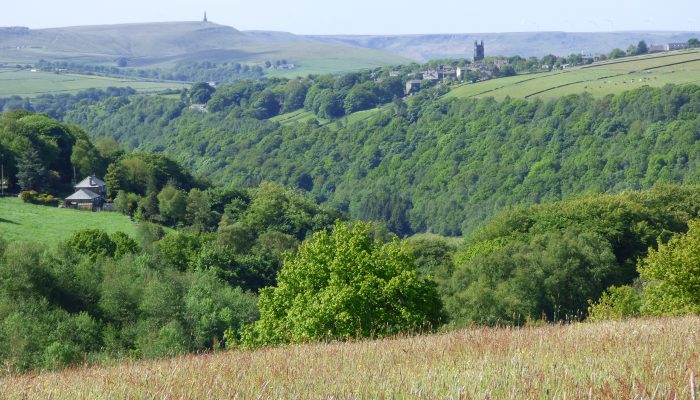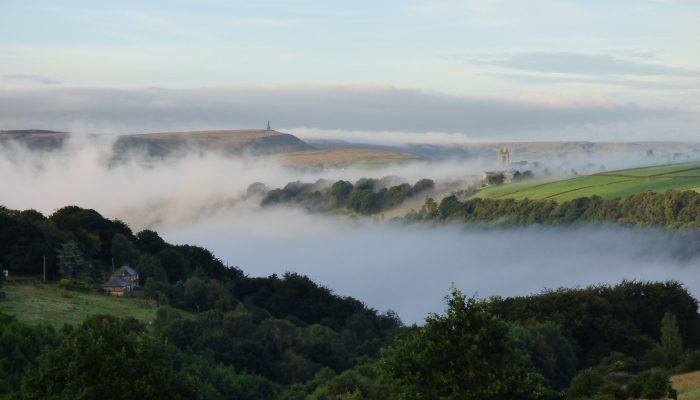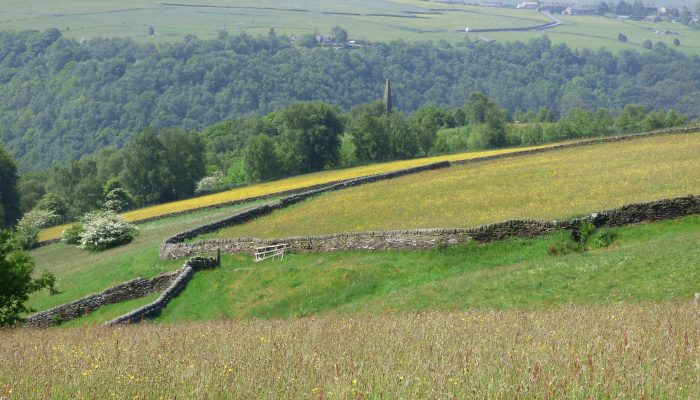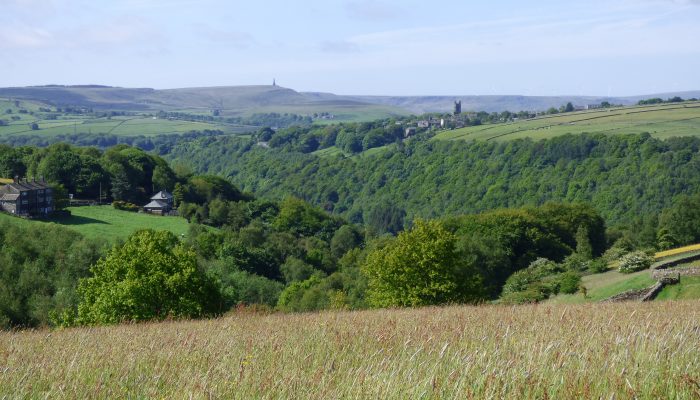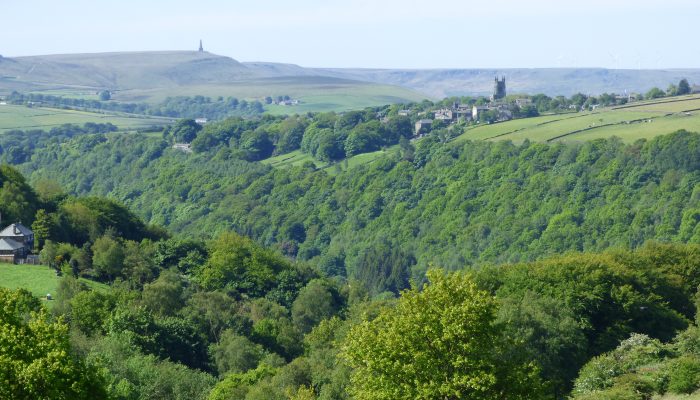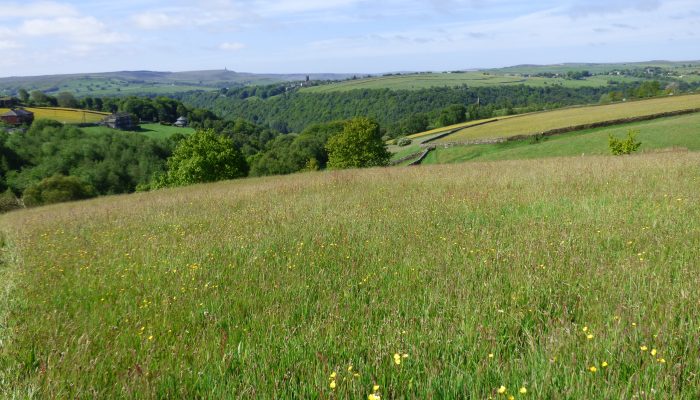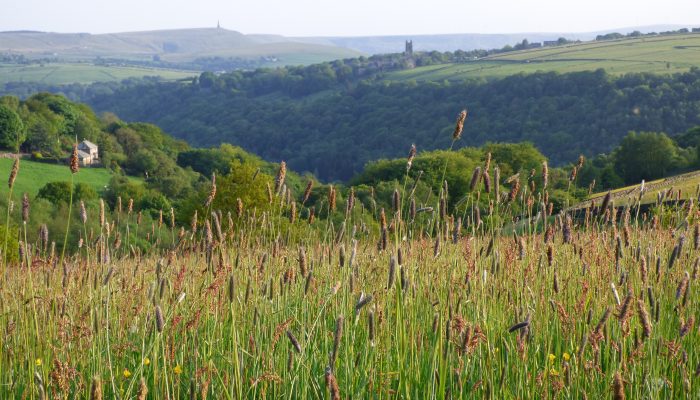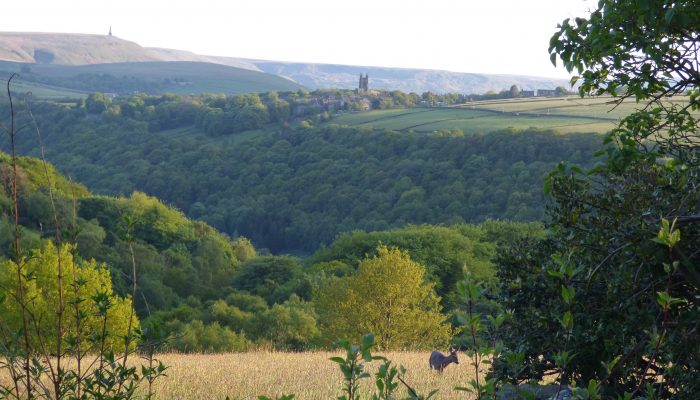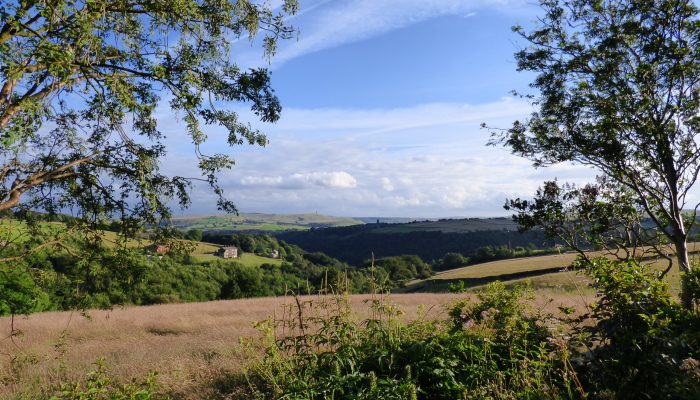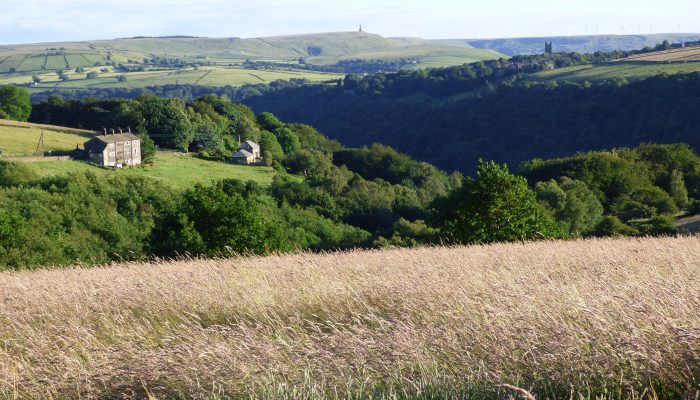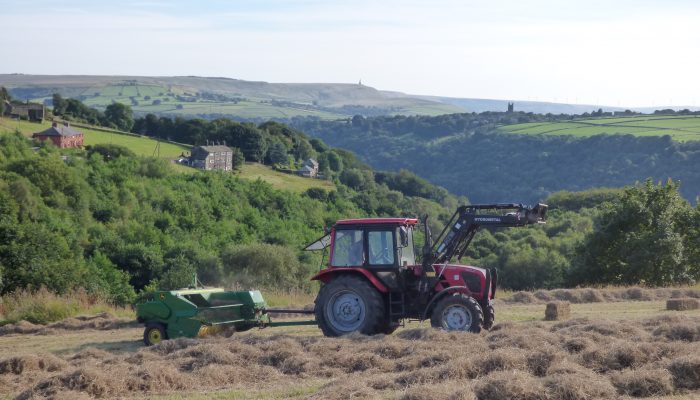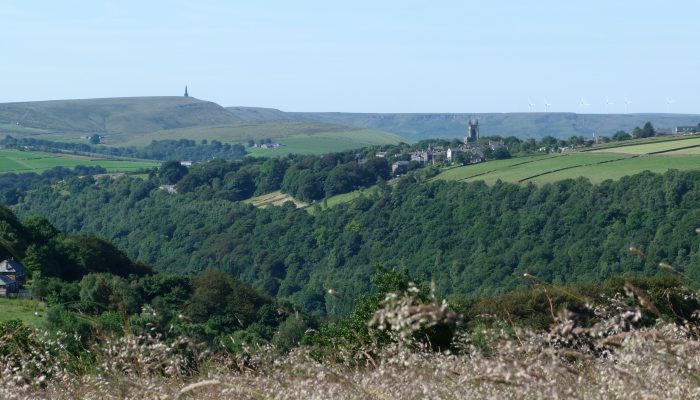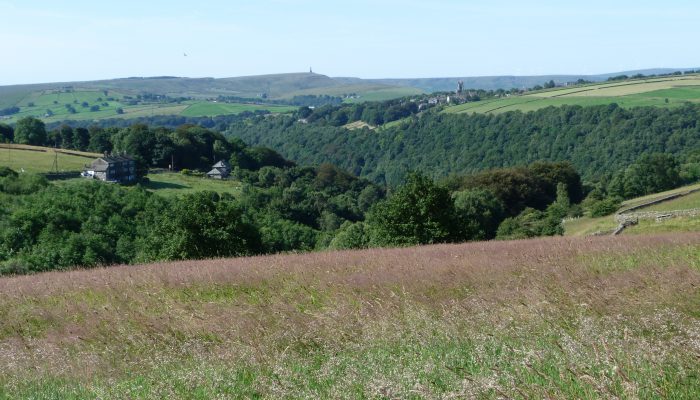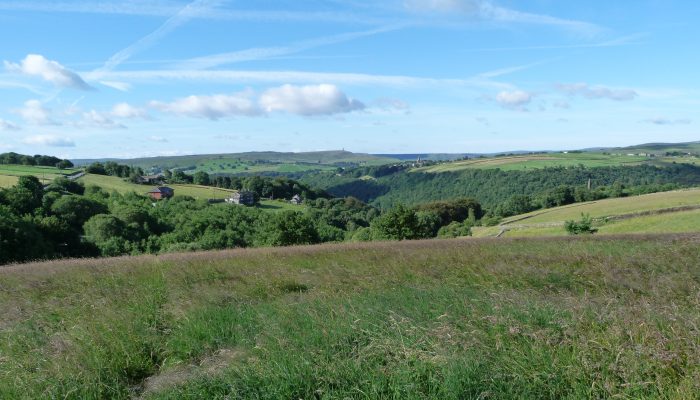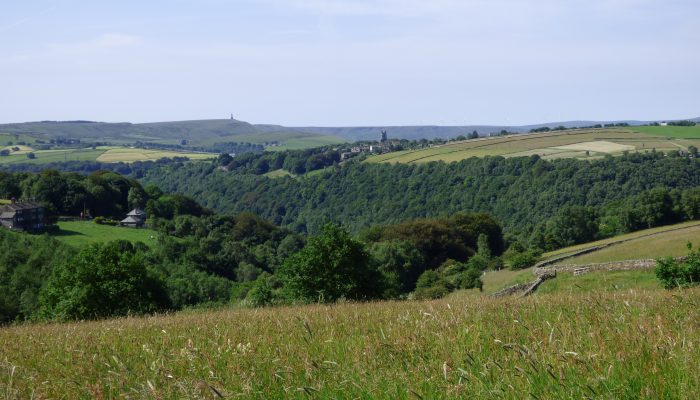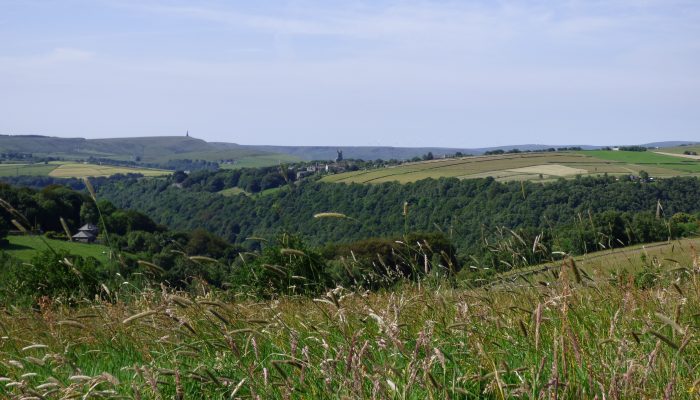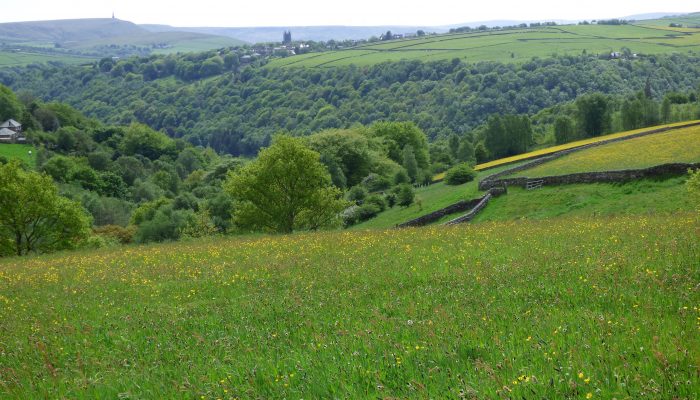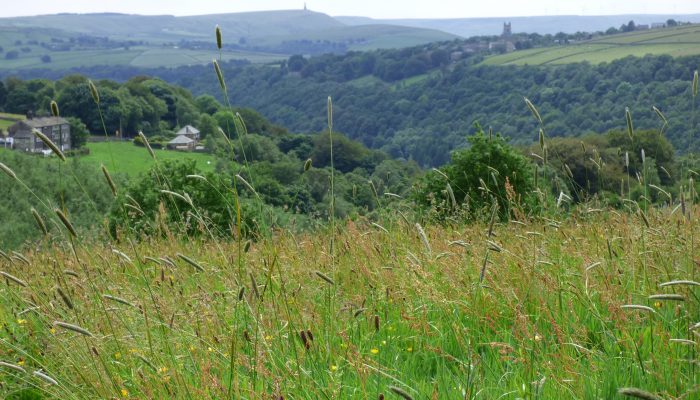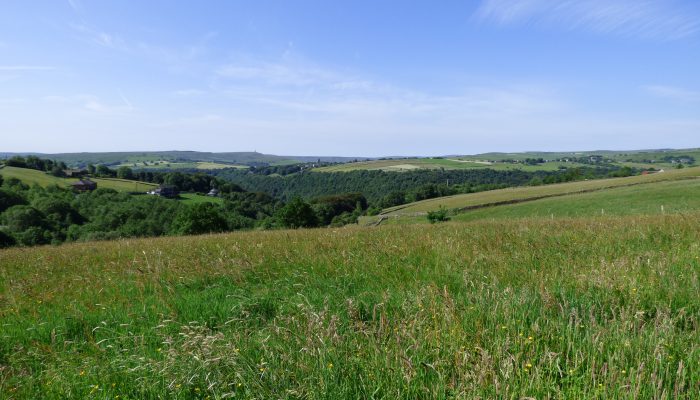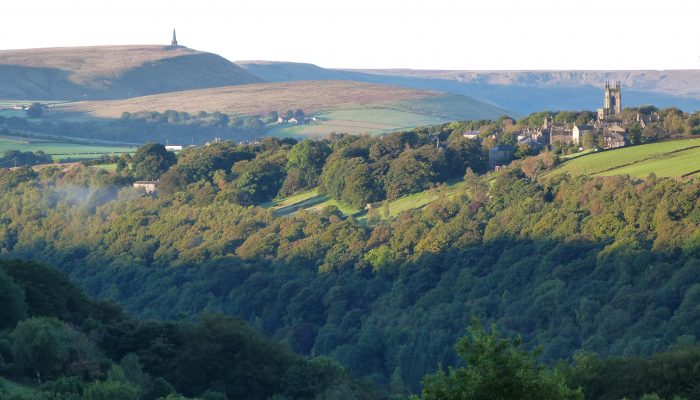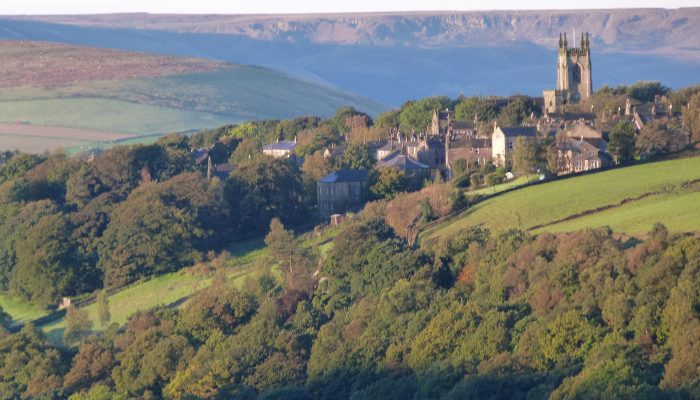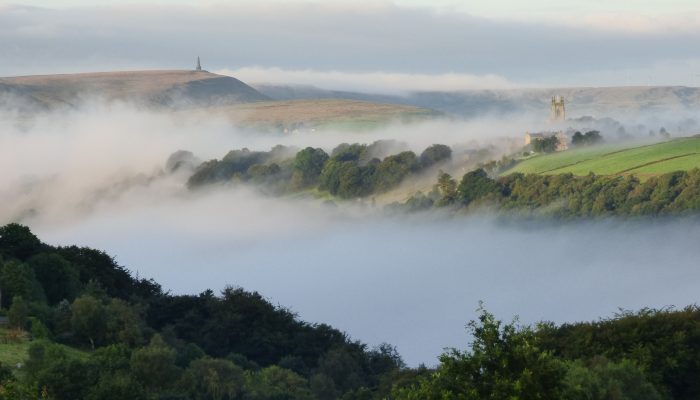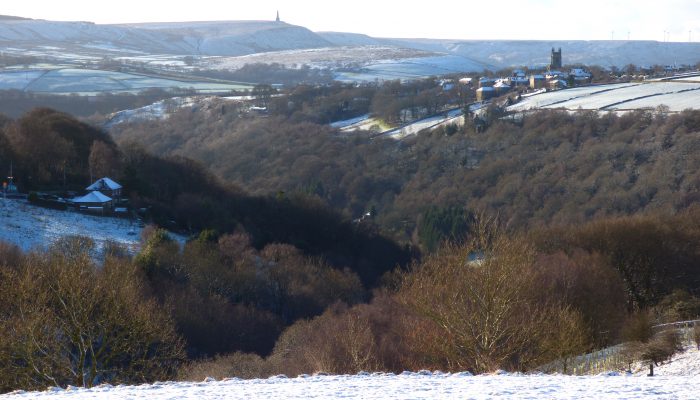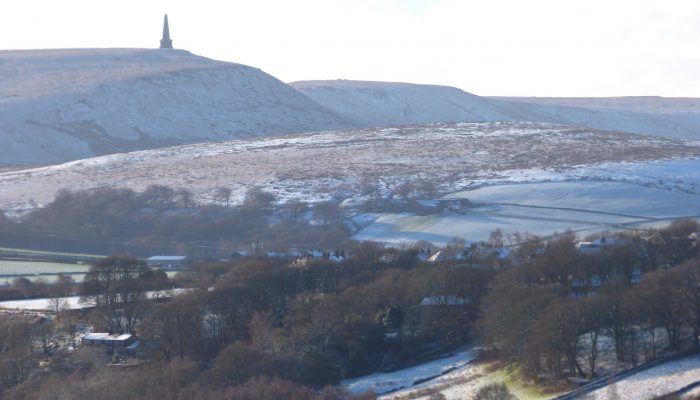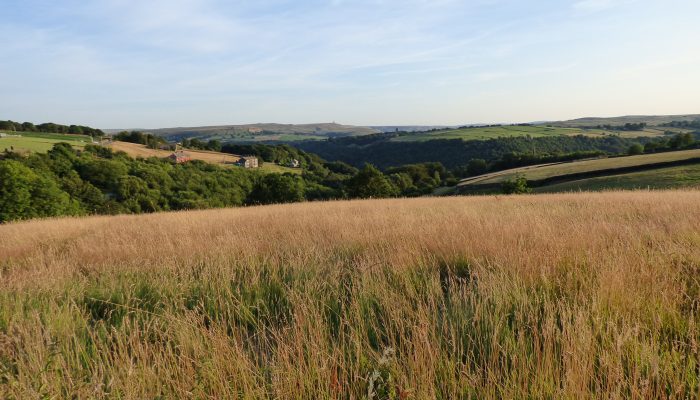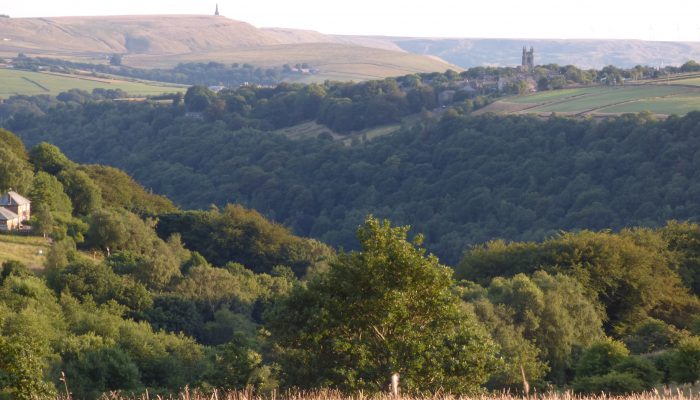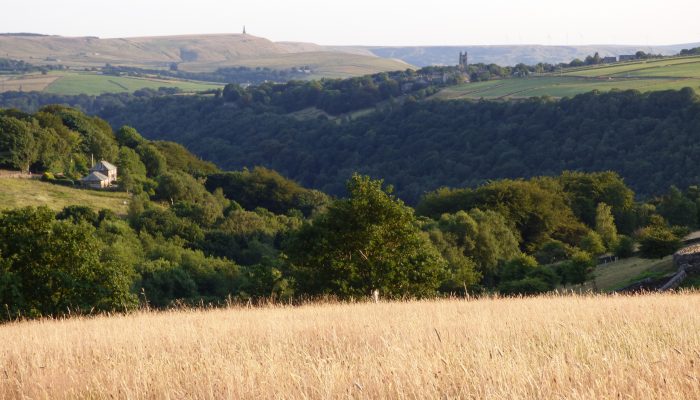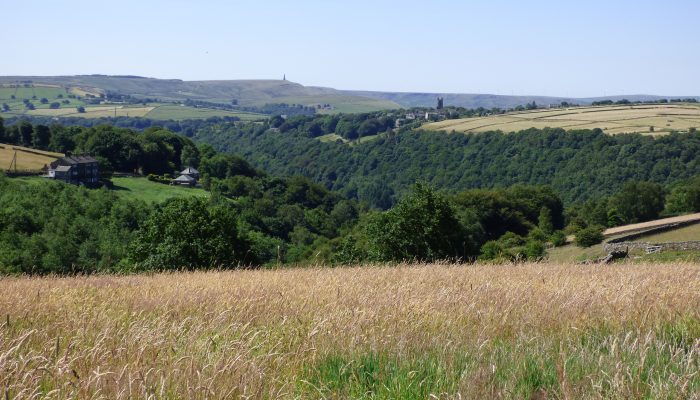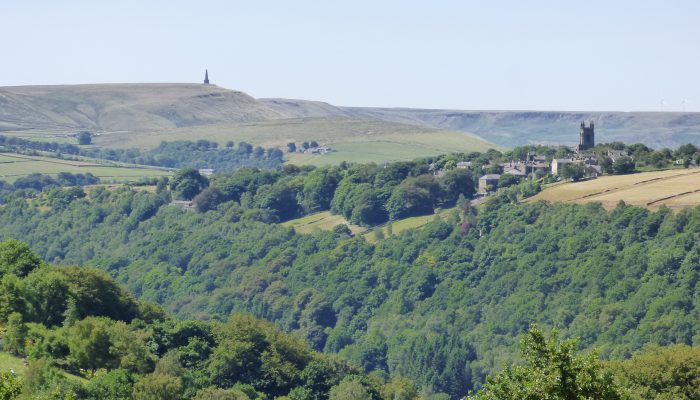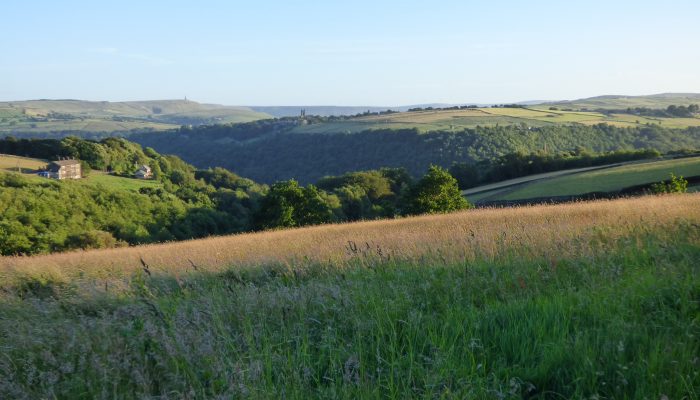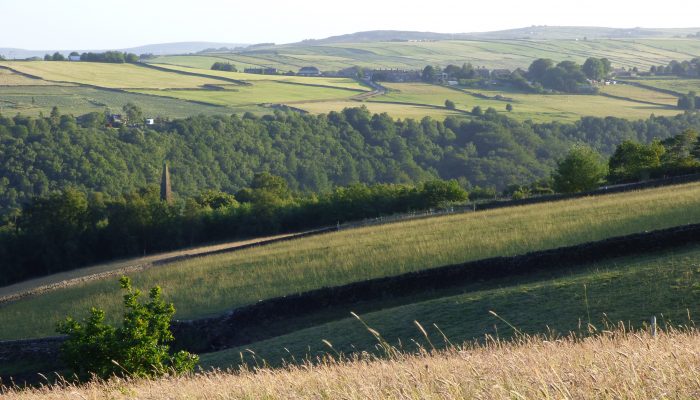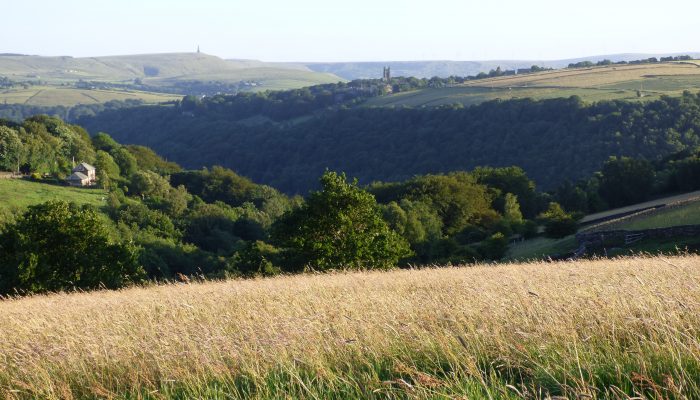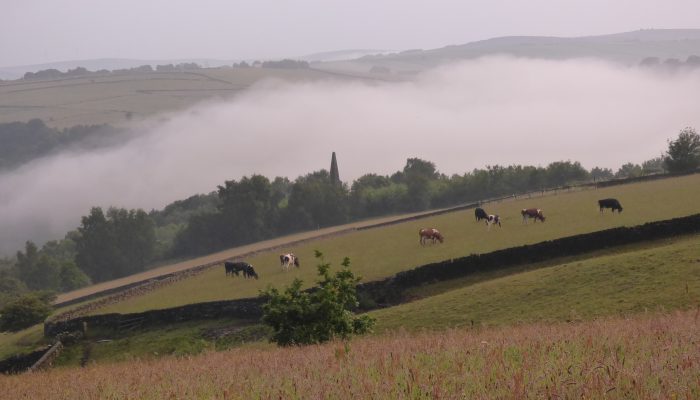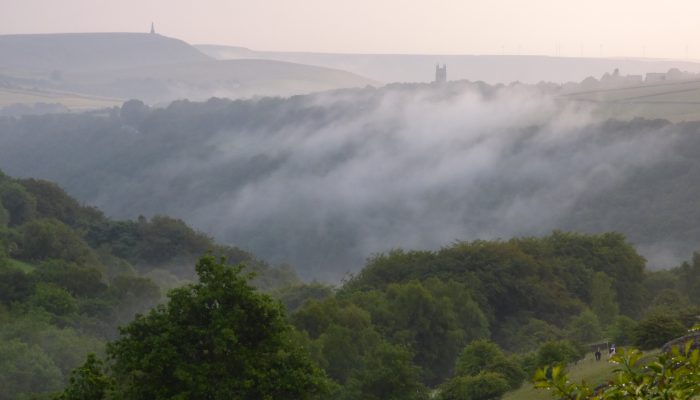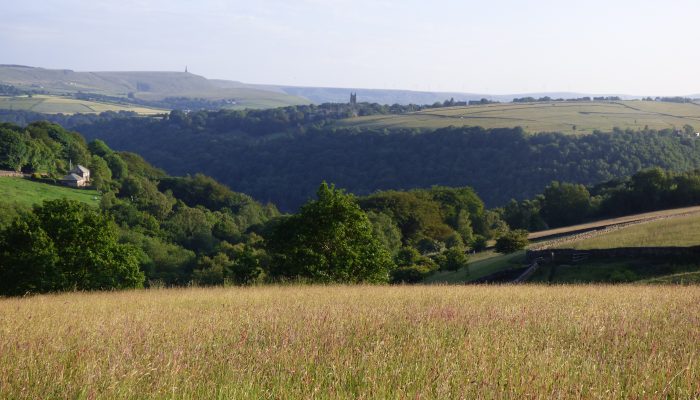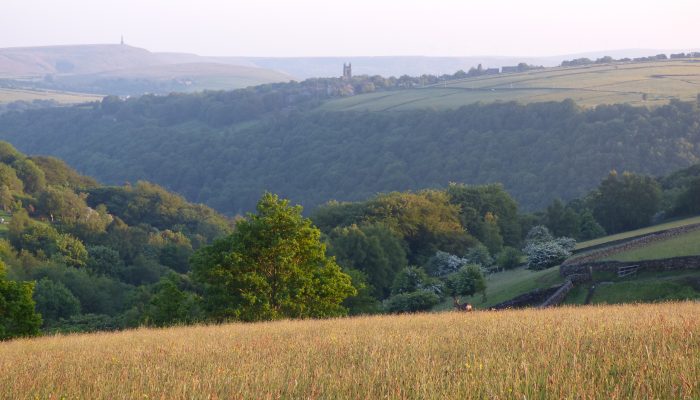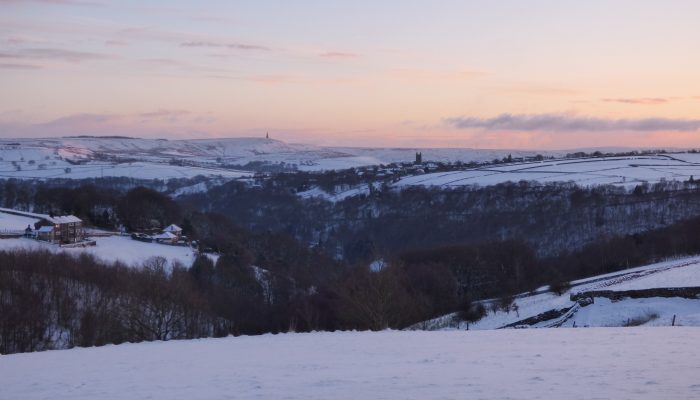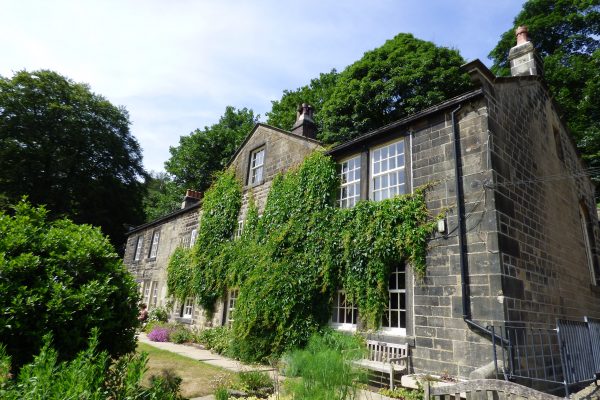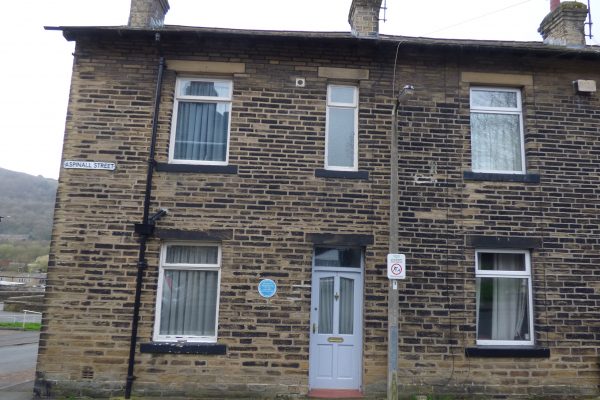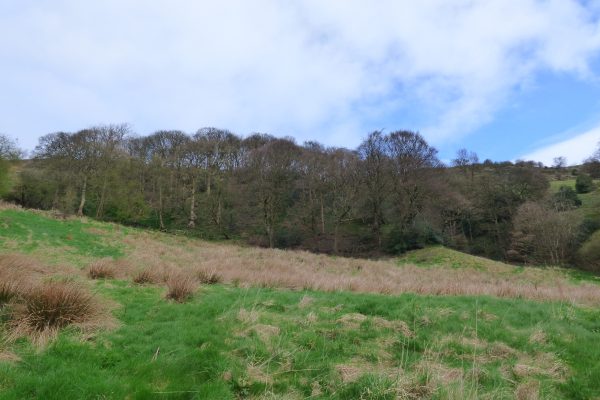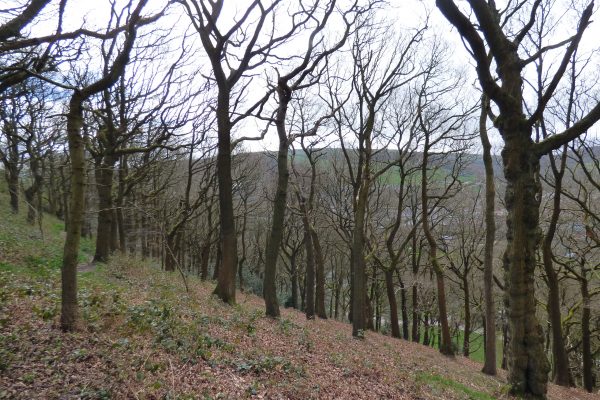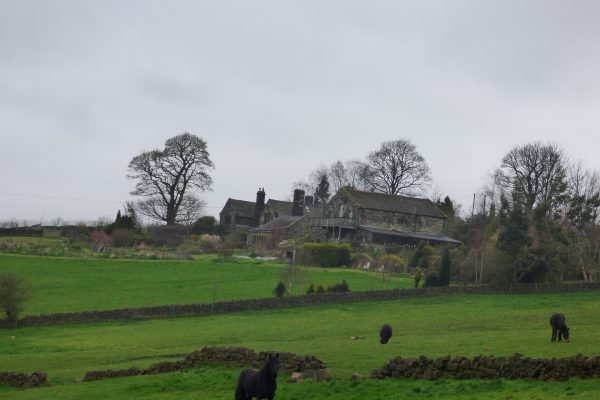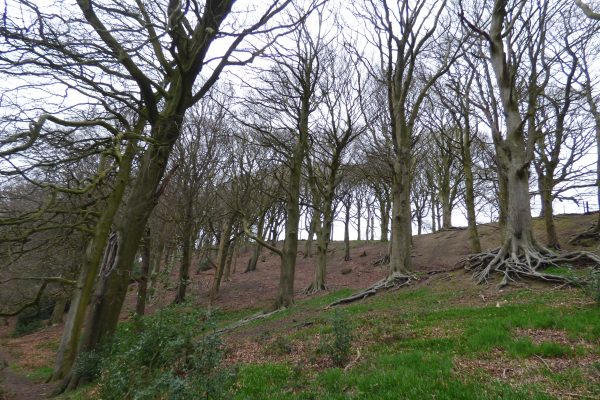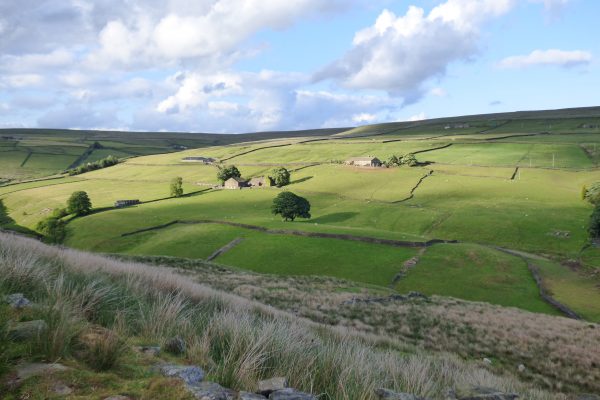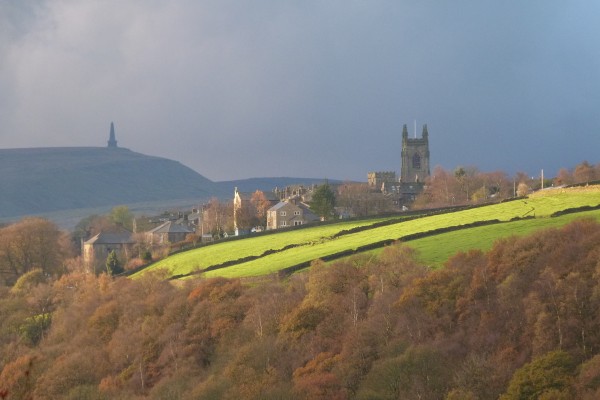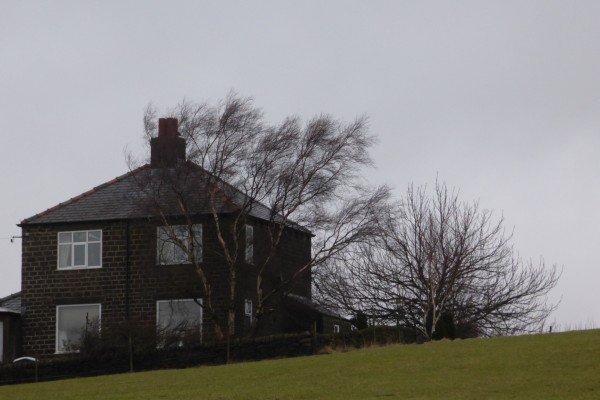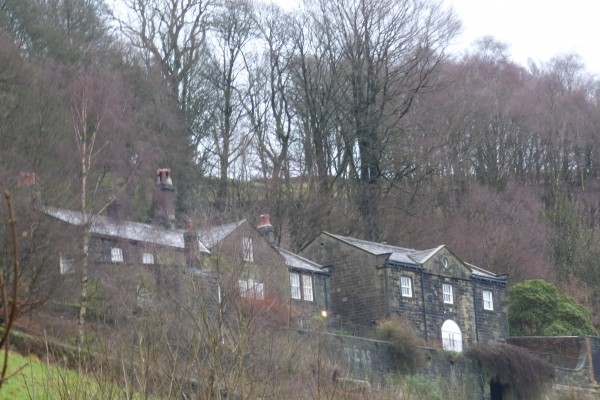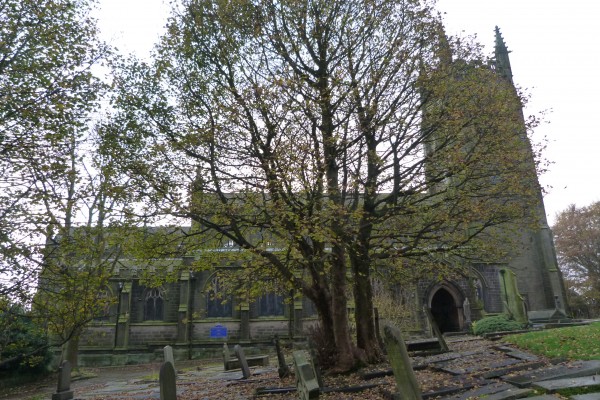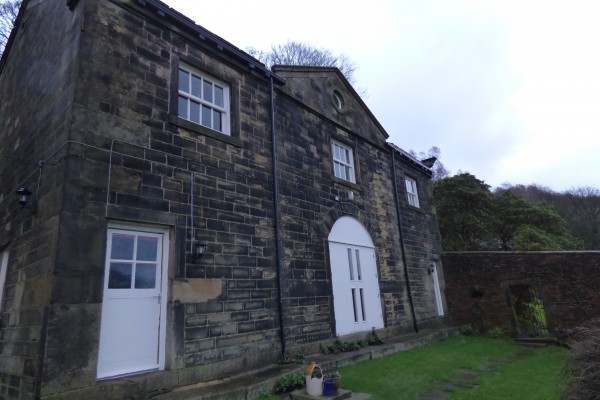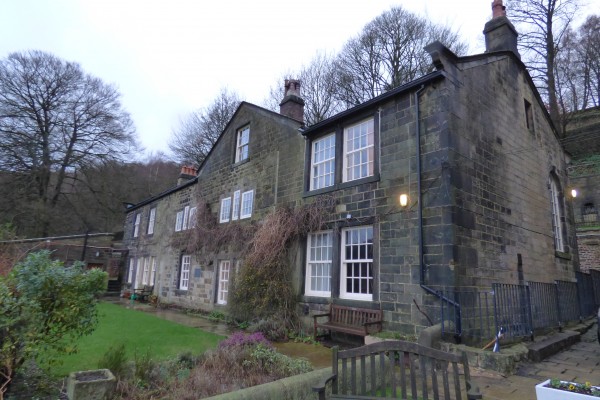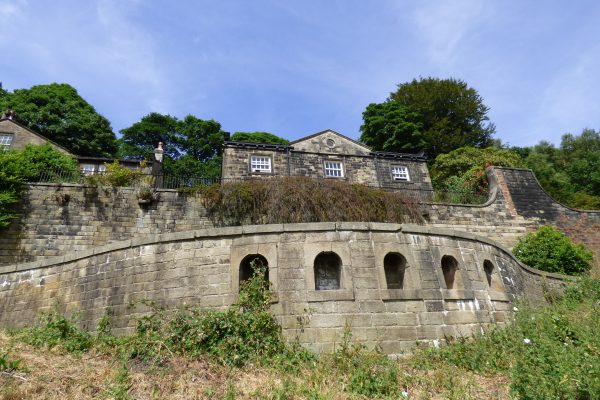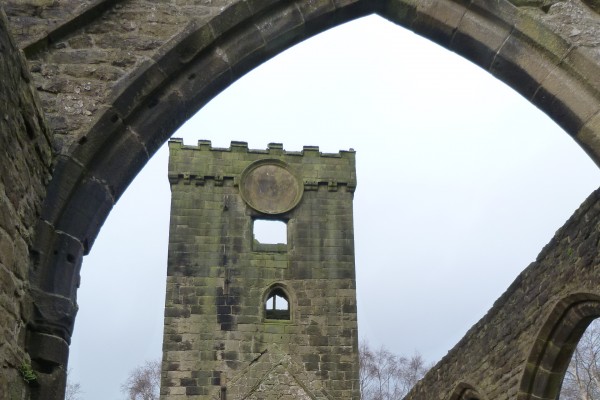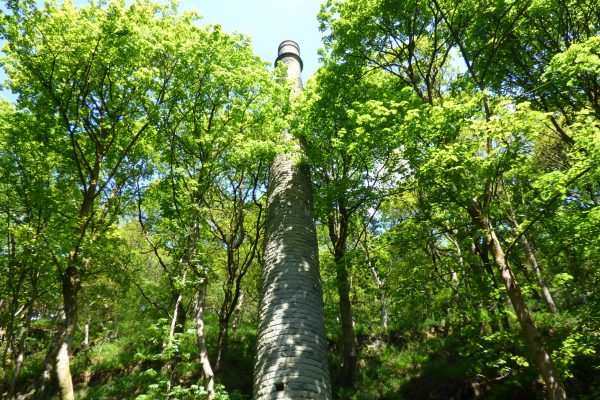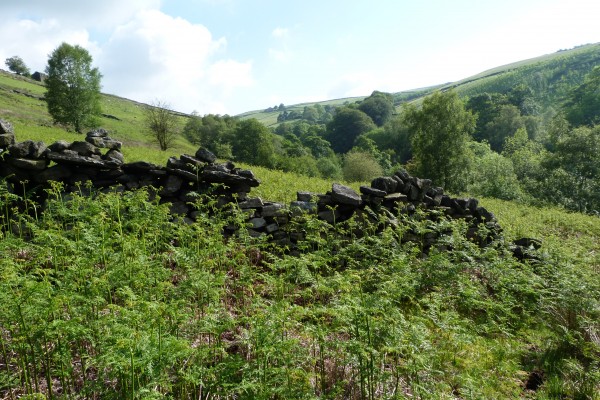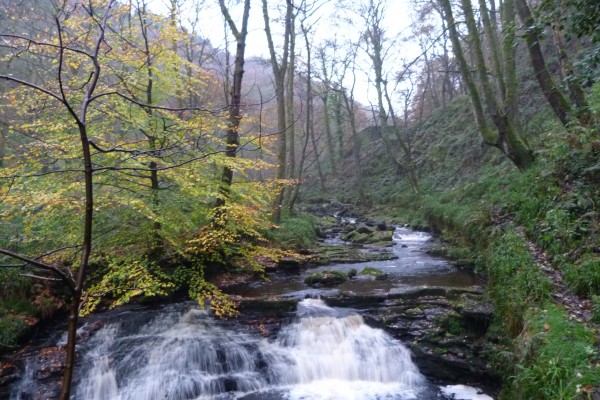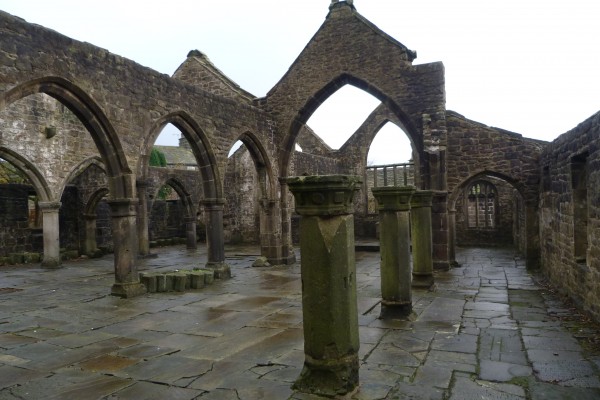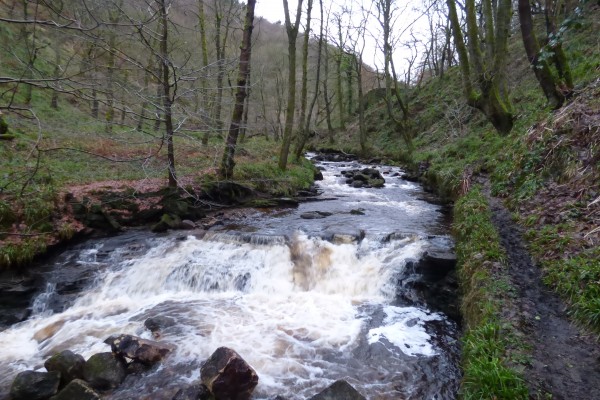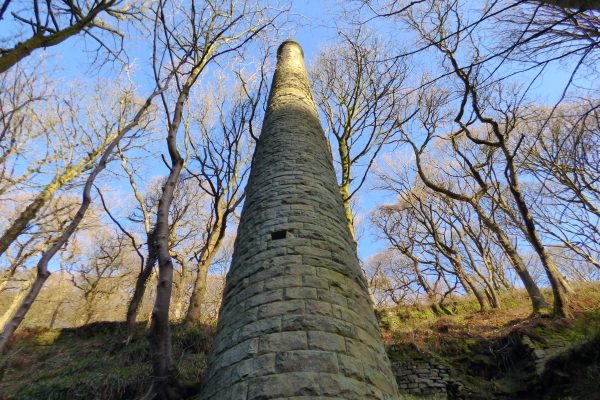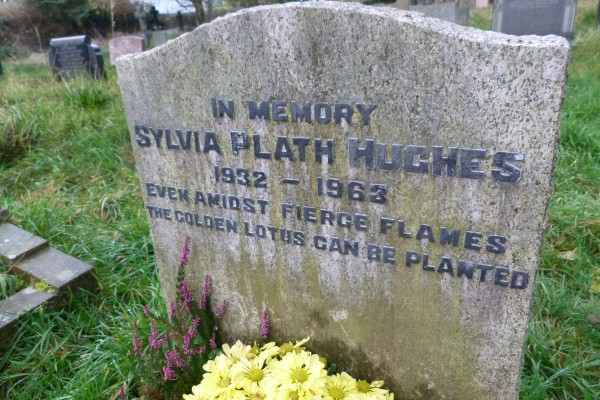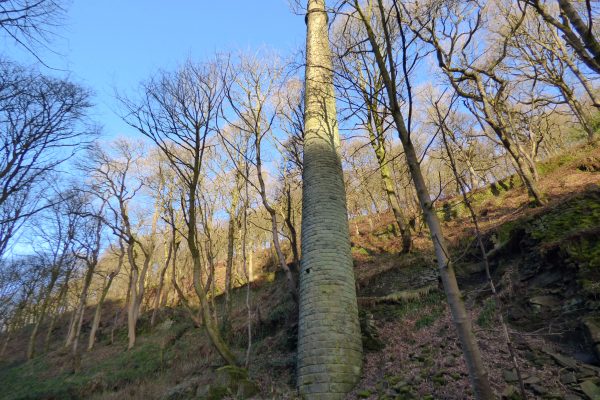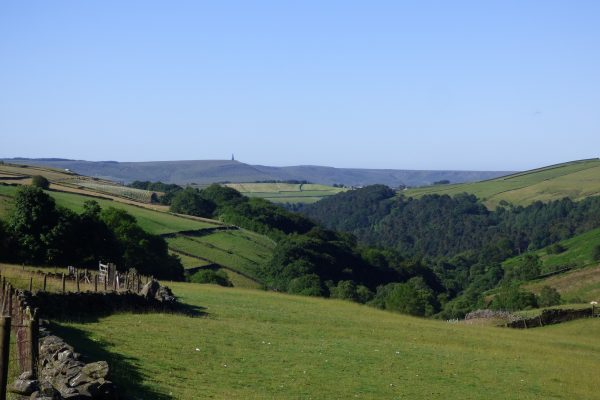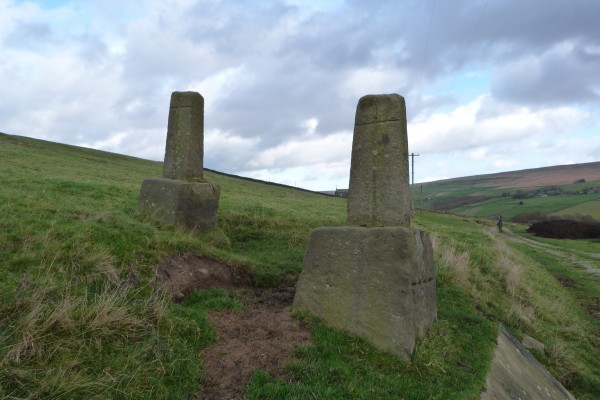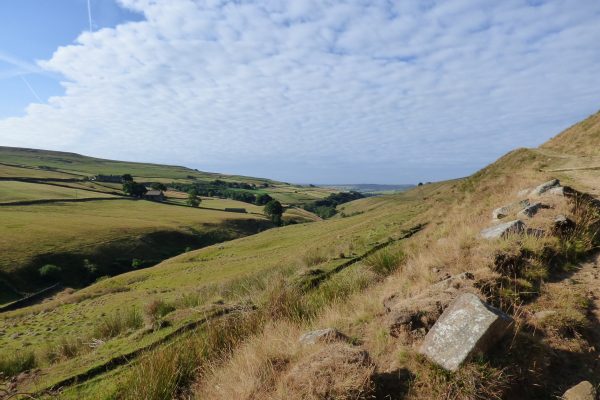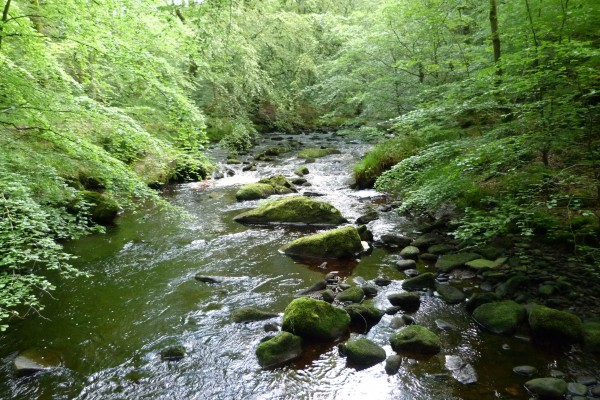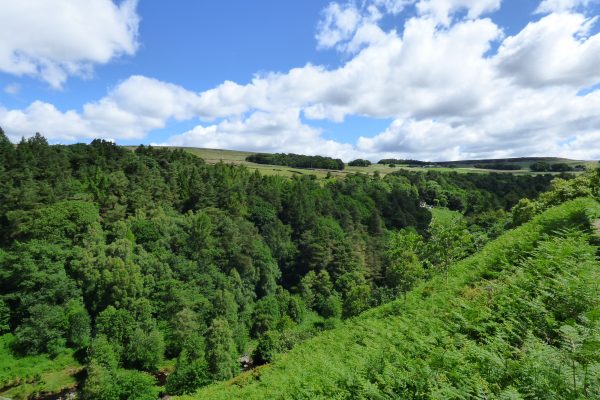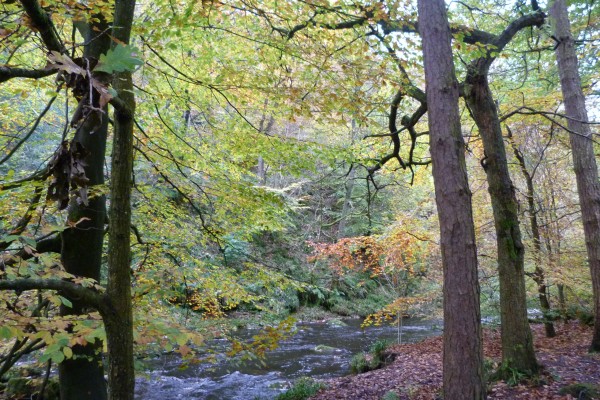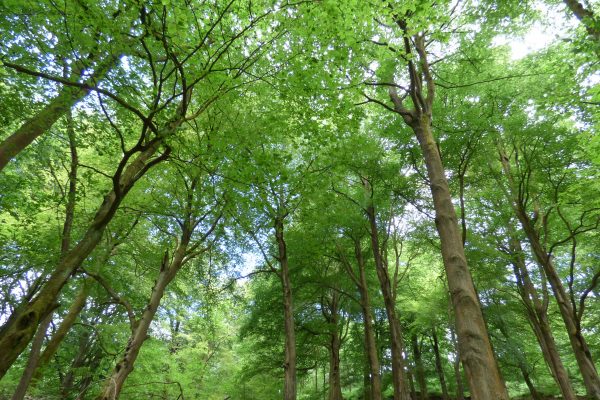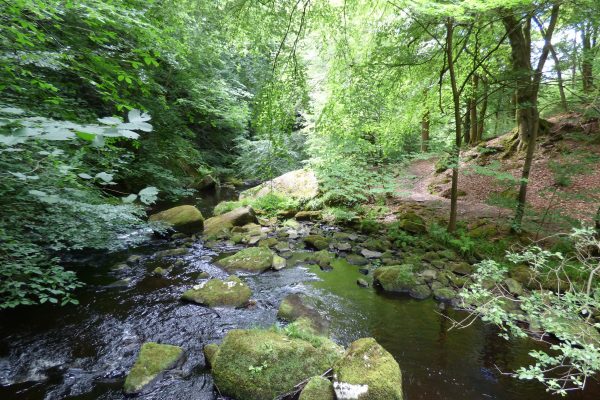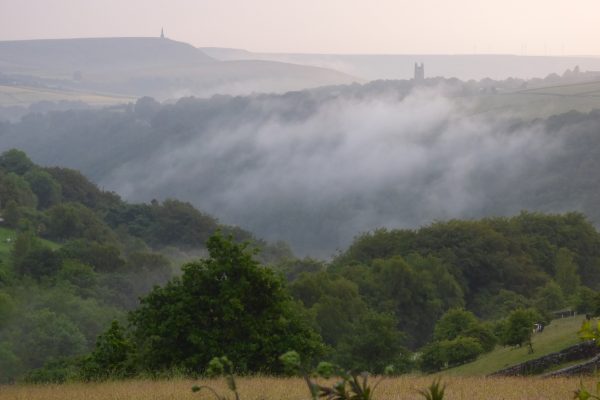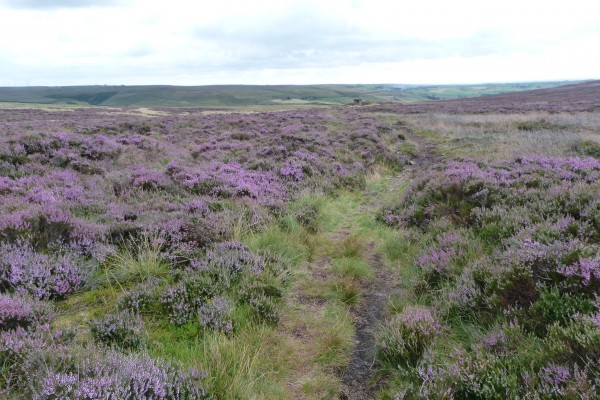Ted Hughes and Remains of Elmet

Ted Hughes (1930-1998) was one of the greatest British poets of the 20th century. Born in Mytholmroyd, near Hebden Bridge, he spent his early childhood in the Upper Calder Valley and remained deeply attached to the area throughout his life. As well as shaping his character, it triggered his fascination with the natural world and inspired some of his most memorable poems, such as ‘The Horses’, ‘Cock-Crows’ and ‘Football at Slack’.
In 1979 Ted Hughes published a collection of poems called Remains of Elmet specifically about this unique part of Yorkshire. Subtitled A Pennine Sequence, it was created in response to a powerful series of black and white photographs by Fay Godwin and features an iconic image of Heptonstall Church and Stoodley Pike on its cover, with shafts of sunlight streaming through the clouds. This photograph is virtually identical to the view from Elmet Farmhouse.
Elmet Then and Now
Elmet was the ancient name of the Celtic kingdom in this part of Yorkshire, hence the title of Hughes’s book. At the time he wrote Remains of Elmet, during the late 1970s, the textile industry was dying and the area was in decline. Hughes’s poems and Fay Godwin’s photographs record the dereliction that characterised the area at that date, a legacy of the industrial revolution. Hebden Bridge and Heptonstall have since undergone a renaissance, but the surrounding countryside retains its raw elemental beauty.
The view of Heptonstall and Stoodley Pike from across the valley at Pecket Well clearly had special resonance for Ted Hughes, which explains why he picked this image for the cover of Remains of Elmet. Fay Godwin’s iconic photograph captures the special potency of this view.
As well as being highly evocative in its own right, this view had personal associations for Ted Hughes. His cousin David Farrar lived at Wilcroft Cottage, half way up the drive from Elmet Farmhouse, close to where this photograph was taken. Hughes visited his cousin there during the 1950s and early 1960s, on at least one occasion with Sylvia Plath.
Visitors to Elmet Farmhouse can sit in the window seat and read Remains of Elmet while looking at the landscape that inspired these poems. There are also recordings of Ted Hughes reading these poems and other works such as Moortown Diaries and Crow – From the Life and Songs of Crow (1972). Also in the farmhouse is Birthday Letters (1998), a moving collection of poems about Ted Hughes’s relationship with Sylvia Plath, published a few months before his death.
Discover Elmet – The Kingdom of Ted Hughes
A Pennine Sequence, including Heptonstall, Lumb Bank, Crimsworth Dean, Hardcastle Crags and other places associated with Ted Hughes. All these photographs were taken within a few miles of Elmet Farmhouse.
Crimsworth Dean, the secluded valley where Ted Hughes roamed as a child, is just a short walk from Elmet Farmhouse. With its woods, becks and waterfalls and its lapwings, curlews and kestrels, it’s easy to see why it triggered his poetic imagination. Hardcastle Crags, the wooded gorge just below Elmet Farmhouse, also features in Remains of Elmet. The rugged heather moorland on the tops and over towards Haworth was also a potent source of inspiration. Sylvia Plath also responded to this evocative landscape with its strong Brontë associations in her poems ‘Two Views of Top Withins’, ‘Wuthering Heights’ and ‘Hardcastle Crags’.
For Ted Hughes, the ancient village of Heptonstall with its ruined 13th century church, was the symbolic focal point of the Upper Calder Valley. His parents lived at Slack, just above Heptonstall village, in a house called The Beacon with remarkable panoramic 360º views of the surrounding hills, including Stoodley Pike and Pecket Well. Heptonstall church, where Sylvia Plath was buried following her suicide in 1963, is a prominent feature on the horizon directly opposite Elmet Farmhouse.
Hughes later bought a handsome 18th century millowner’s house called Lumb Bank in Colden Clough, just below Heptonstall, with a view to living there. From 1975-89 he leased the house to the Arvon Foundation as a base for creative writing courses. This organisation, which now owns Lumb Bank, was actively supported by Ted Hughes and he gave regular readings there from the mid 1970s onwards. Now known as the Ted Hughes Arvon Centre, Lumb Bank is still going strong.
A footpath runs down from Heptonstall past Lumb Bank into the steep wooded valley of Colden Clough, where tall mill chimneys poke through the trees by the banks of Colden Water.
Further information:
Photograph on cover of Remains of Elmet by Fay Godwin
© Text and other photographs copyright Lesley Jackson





